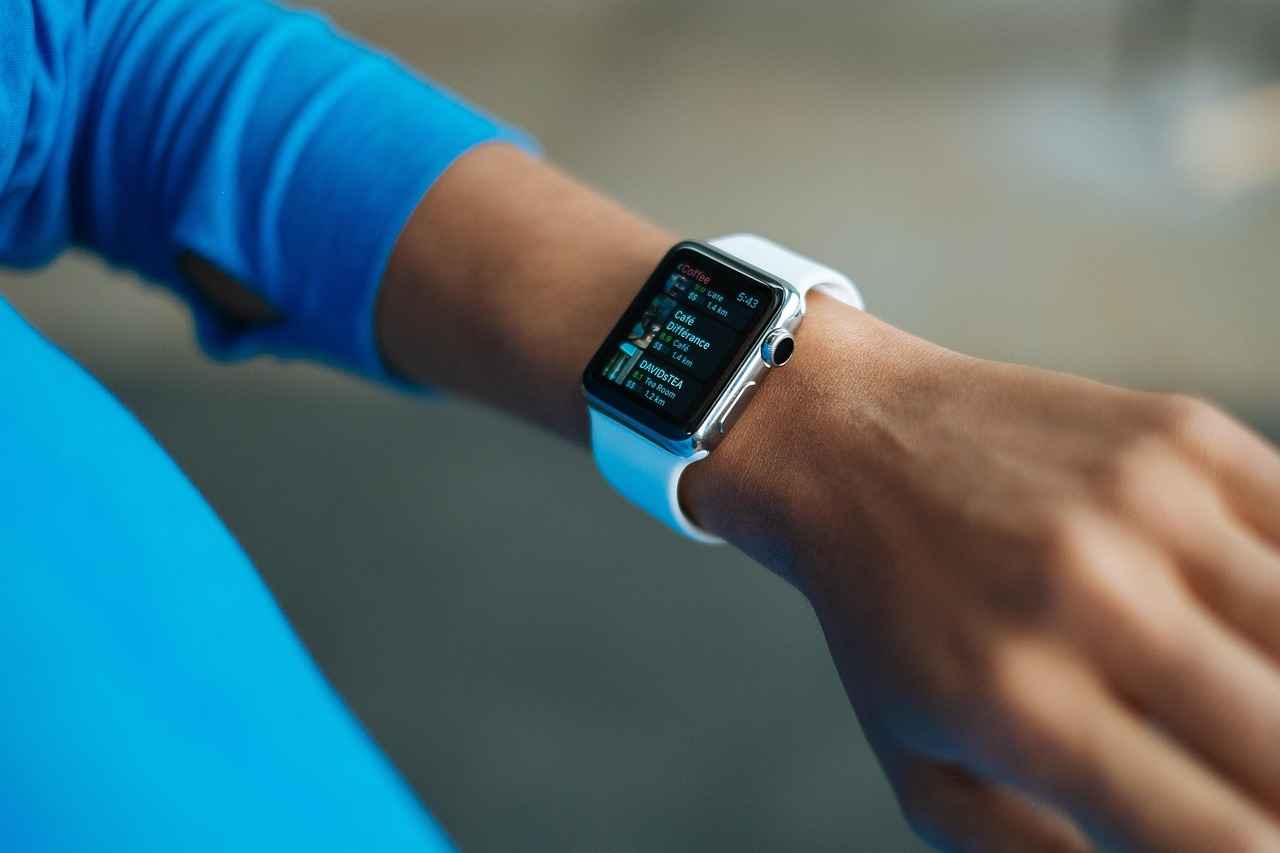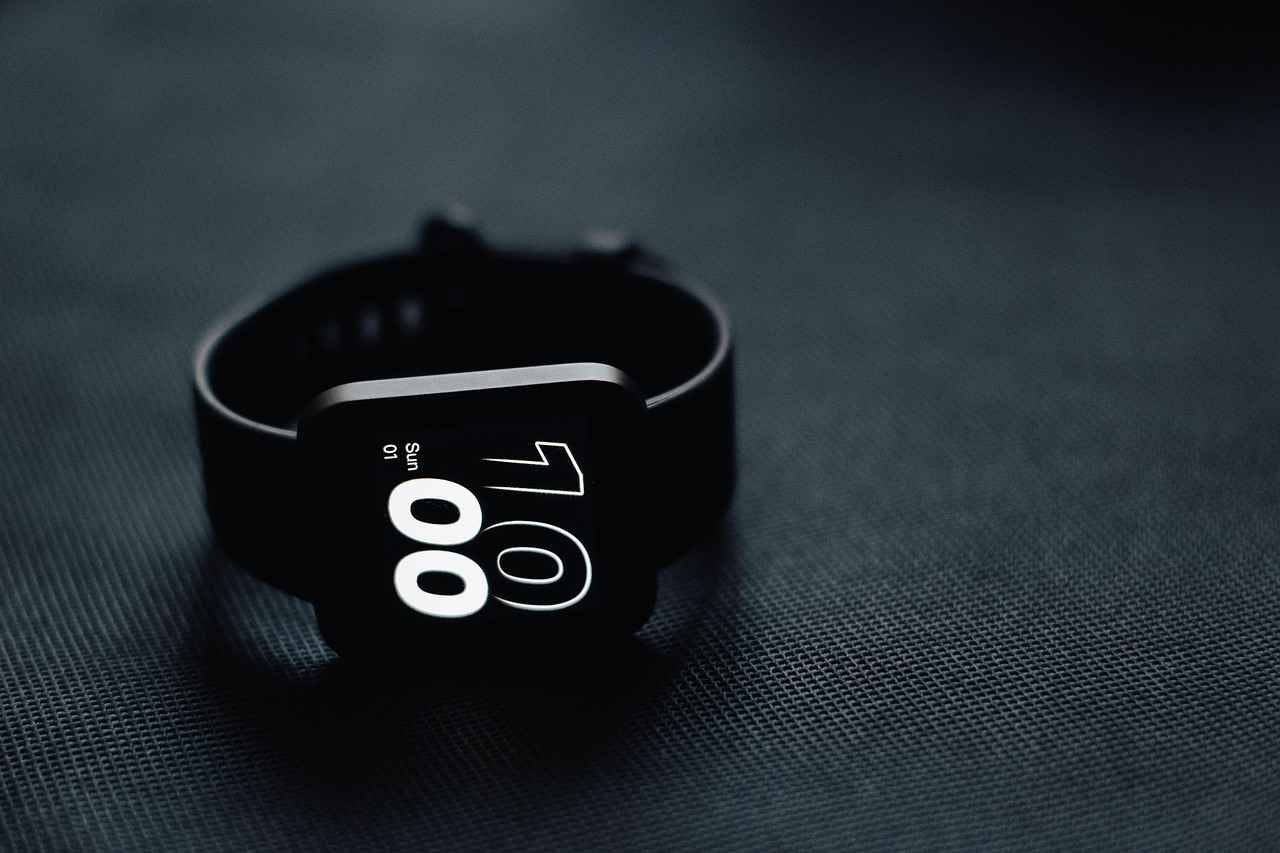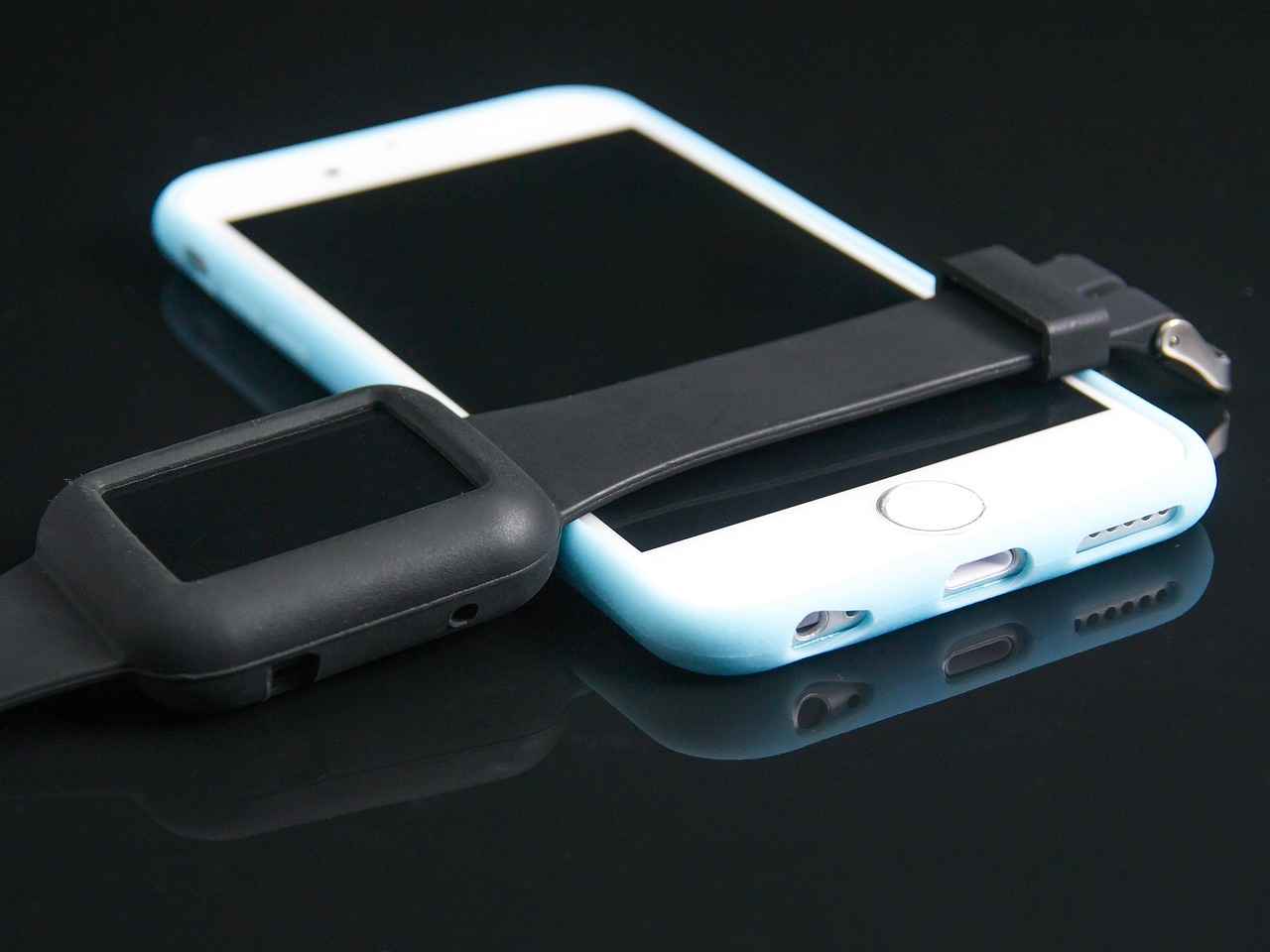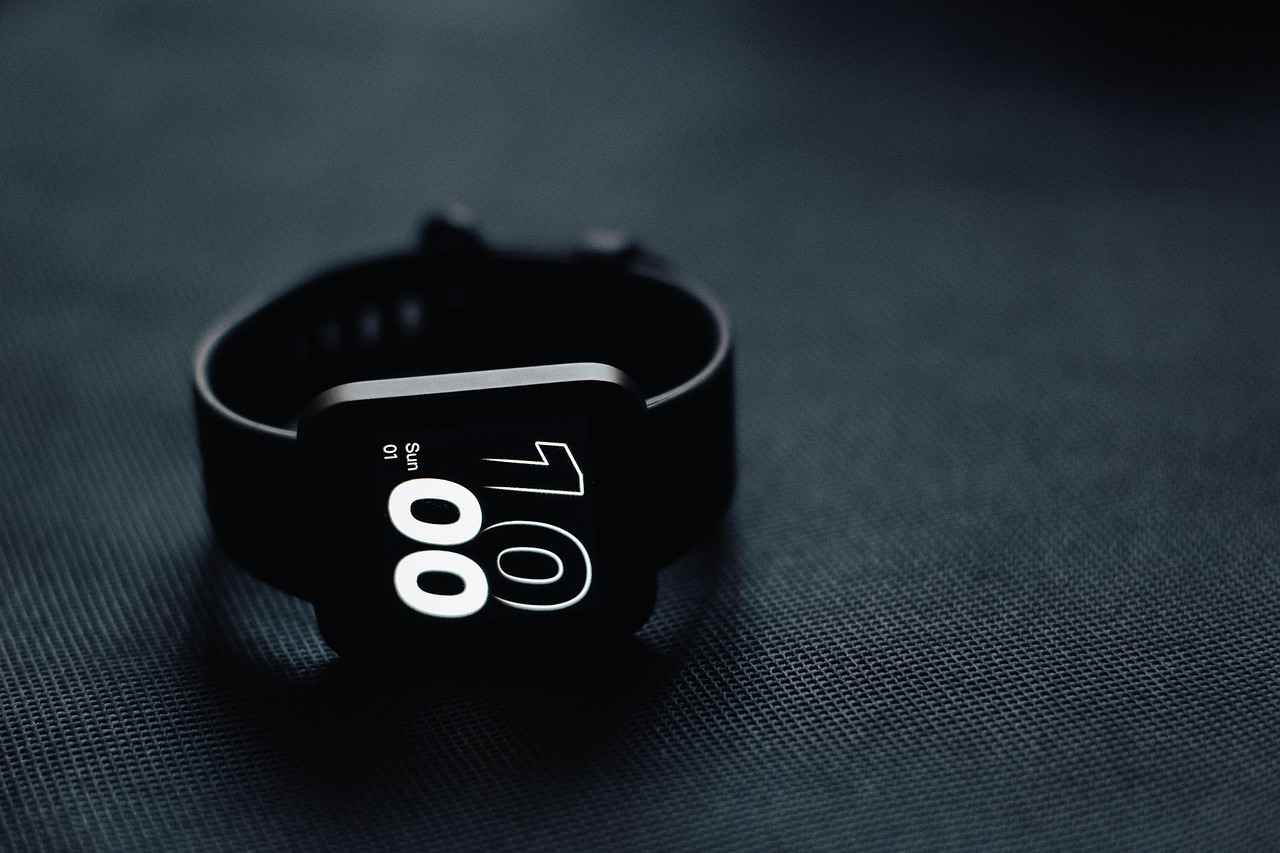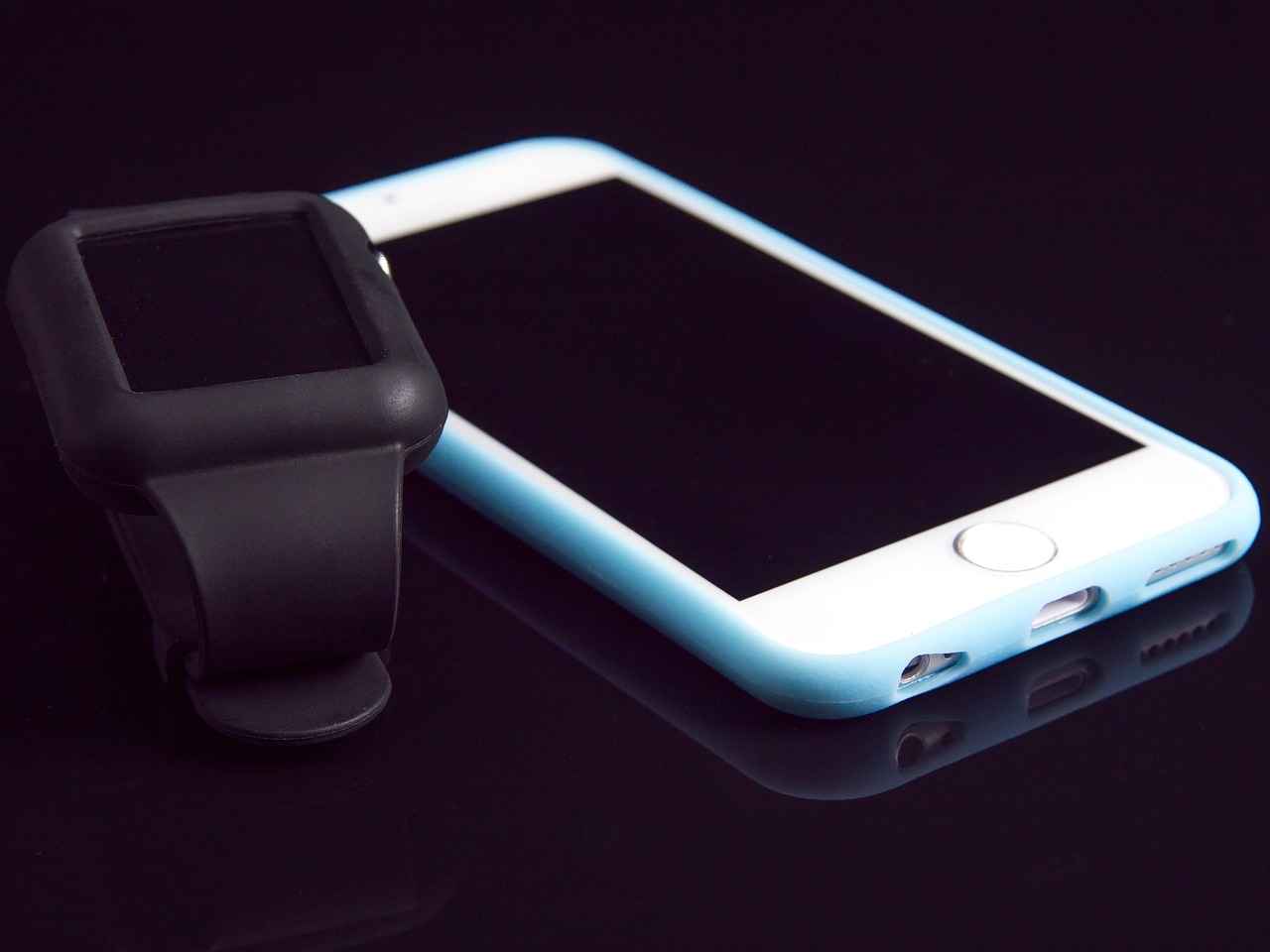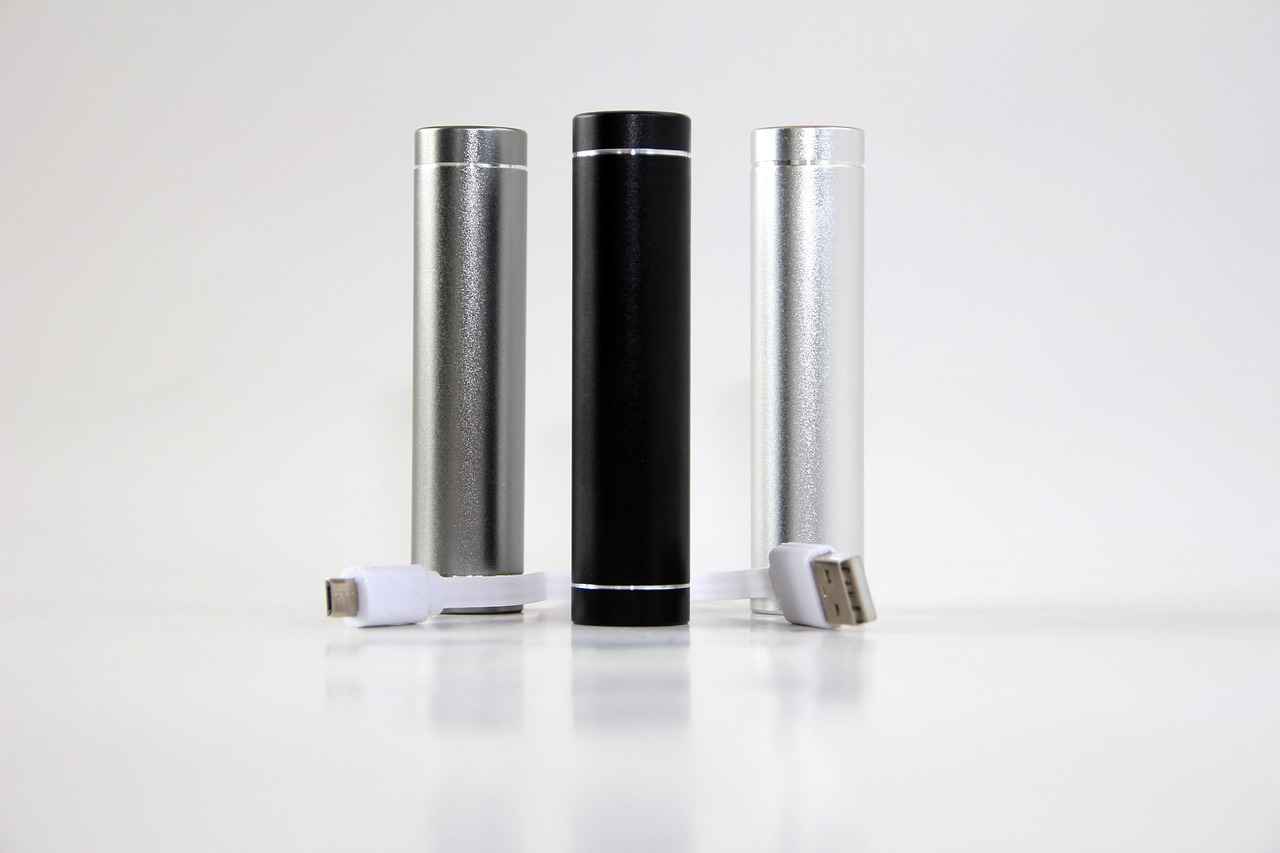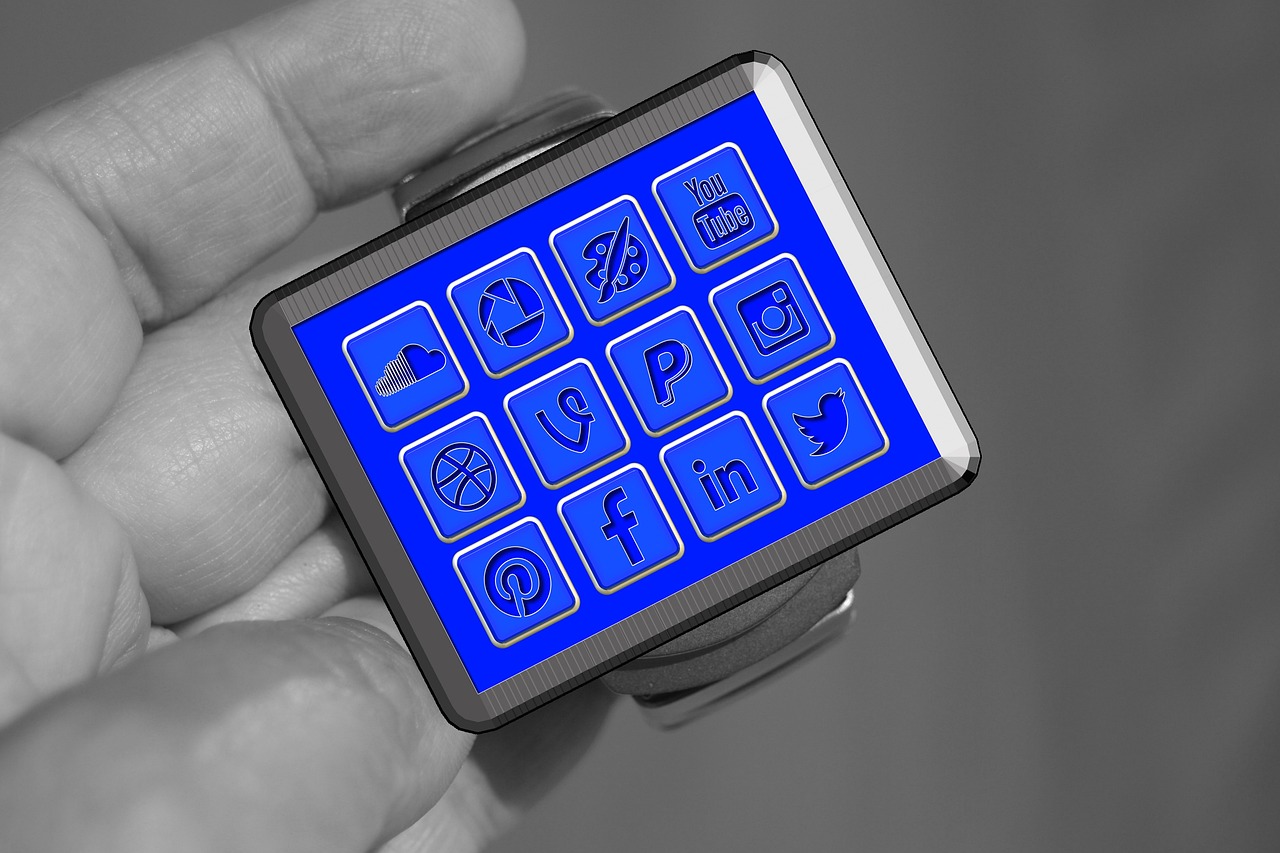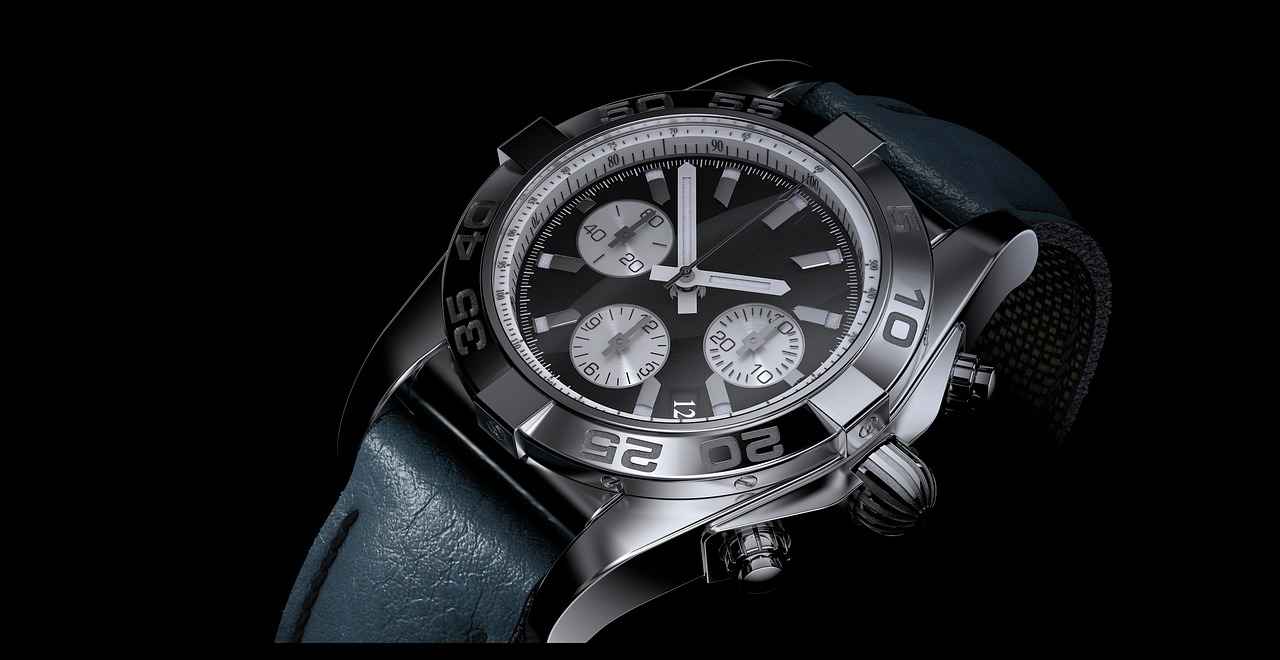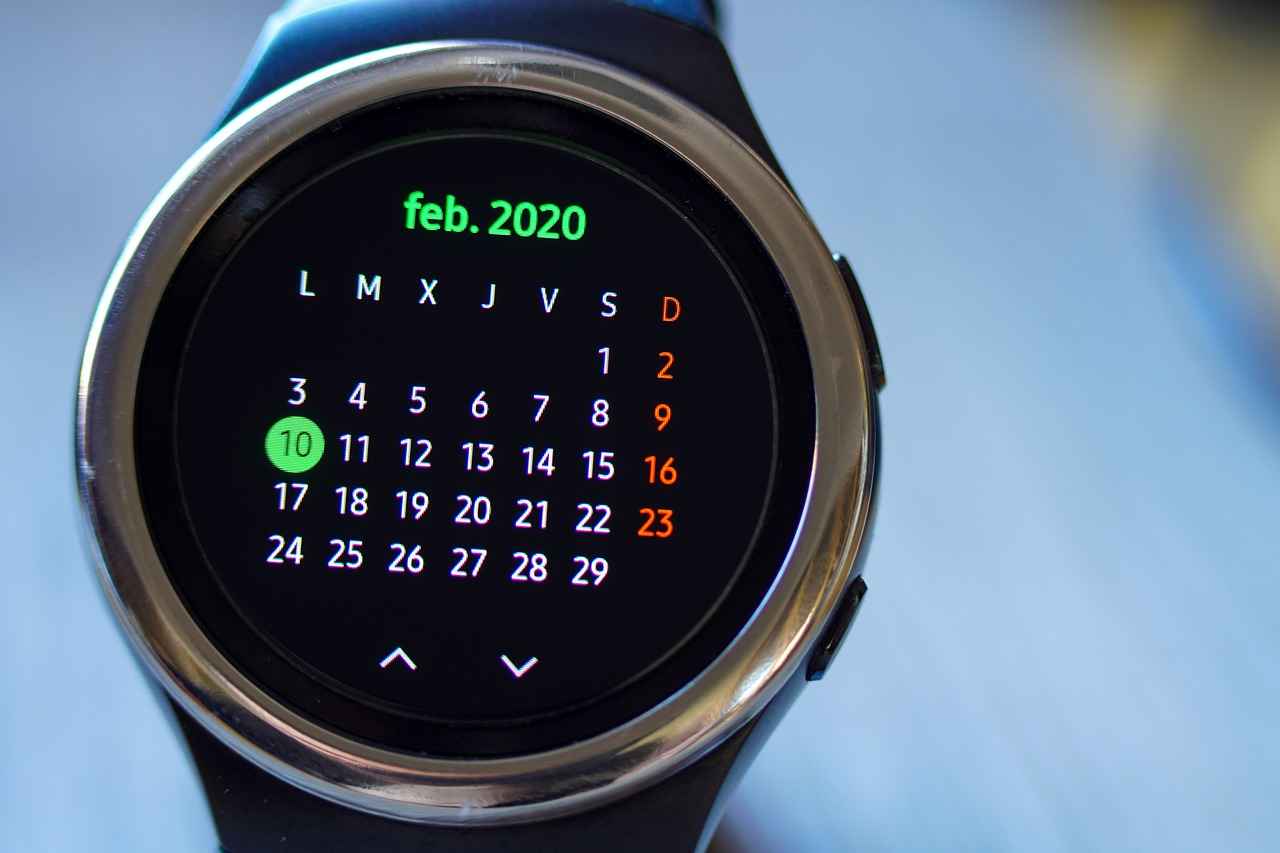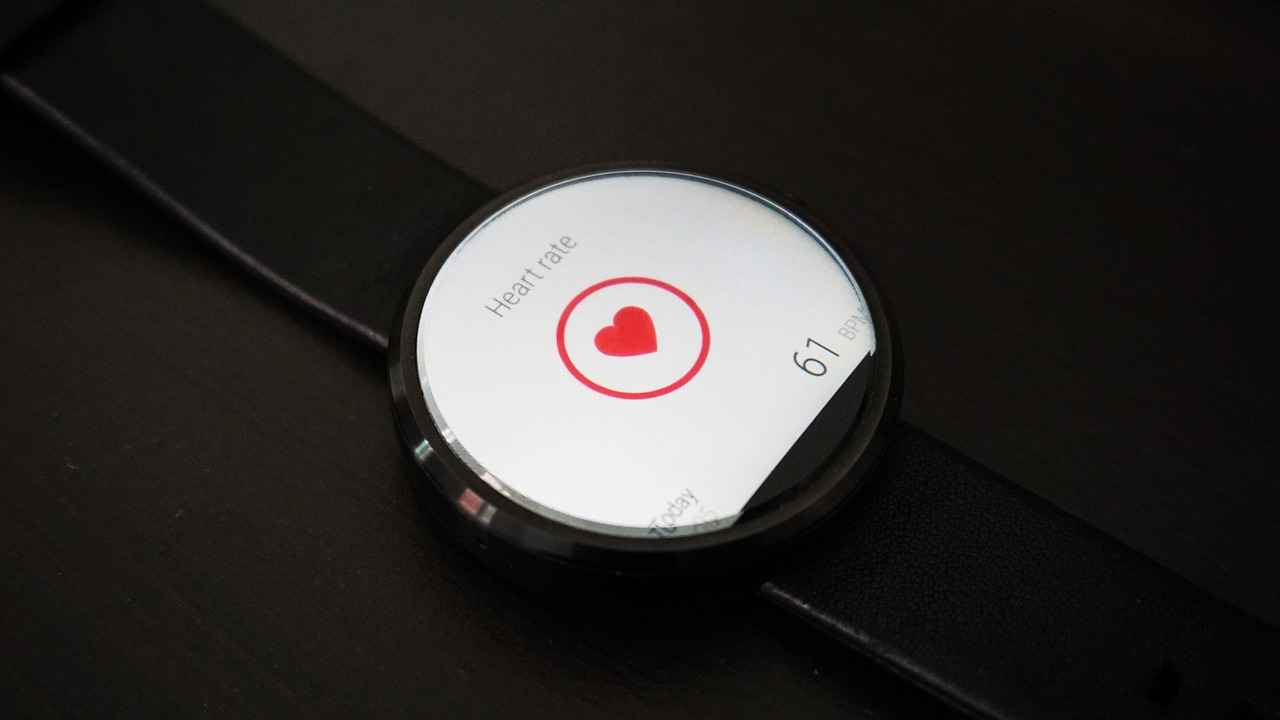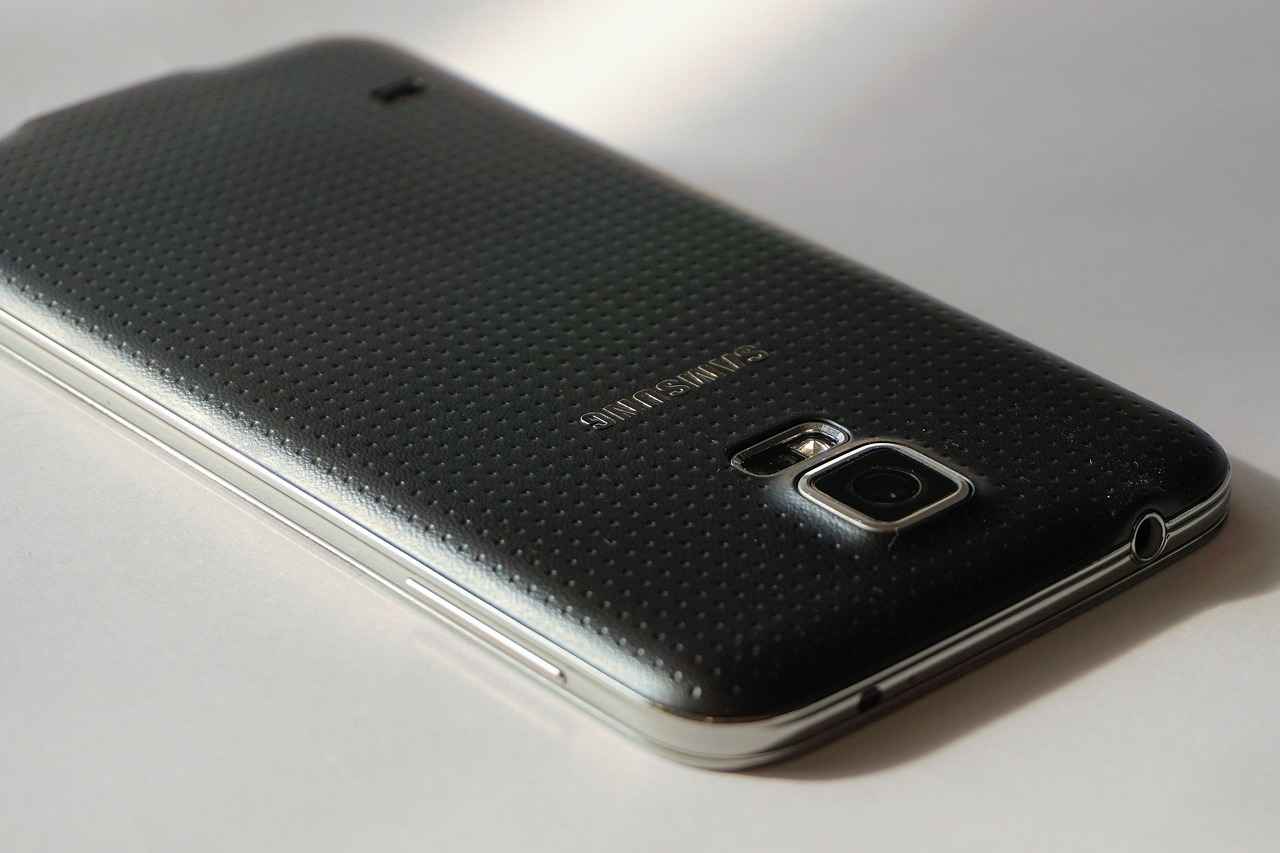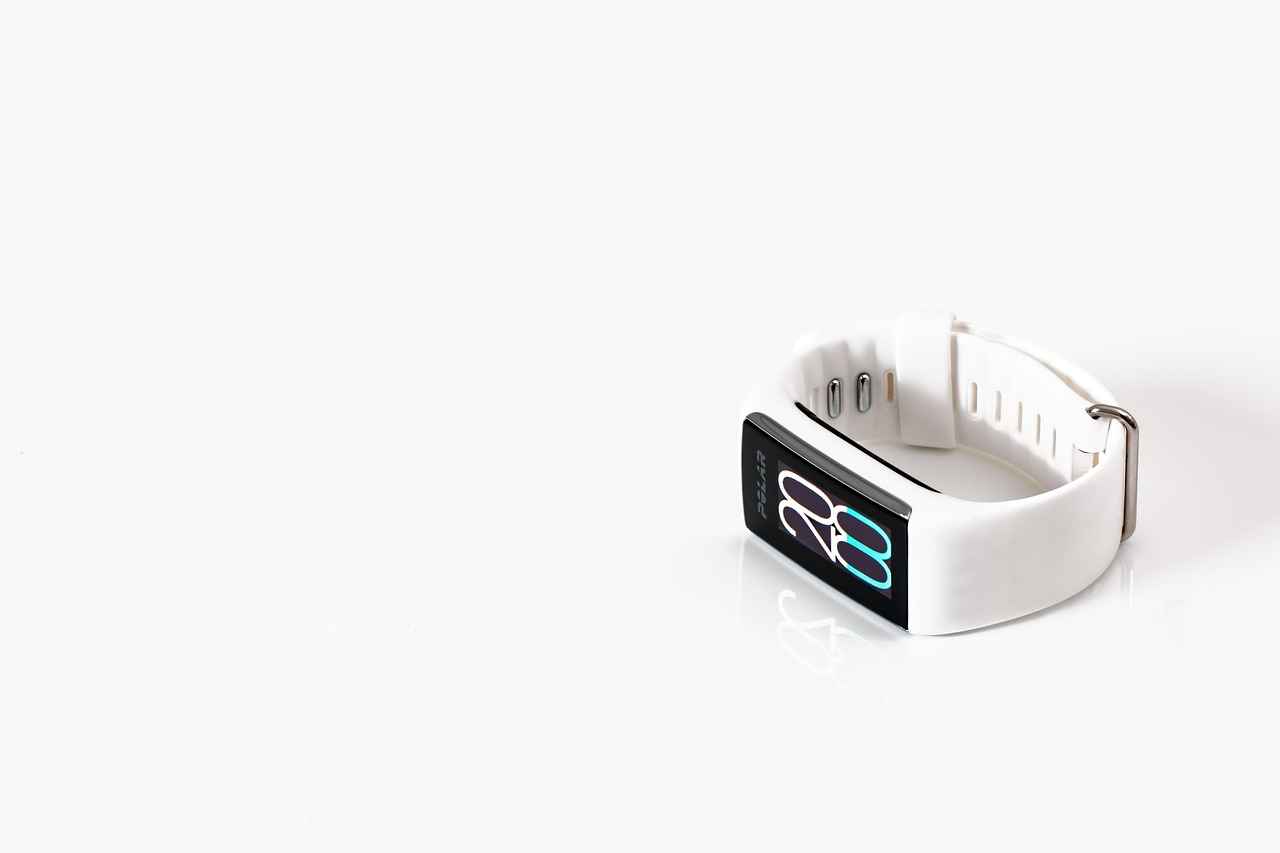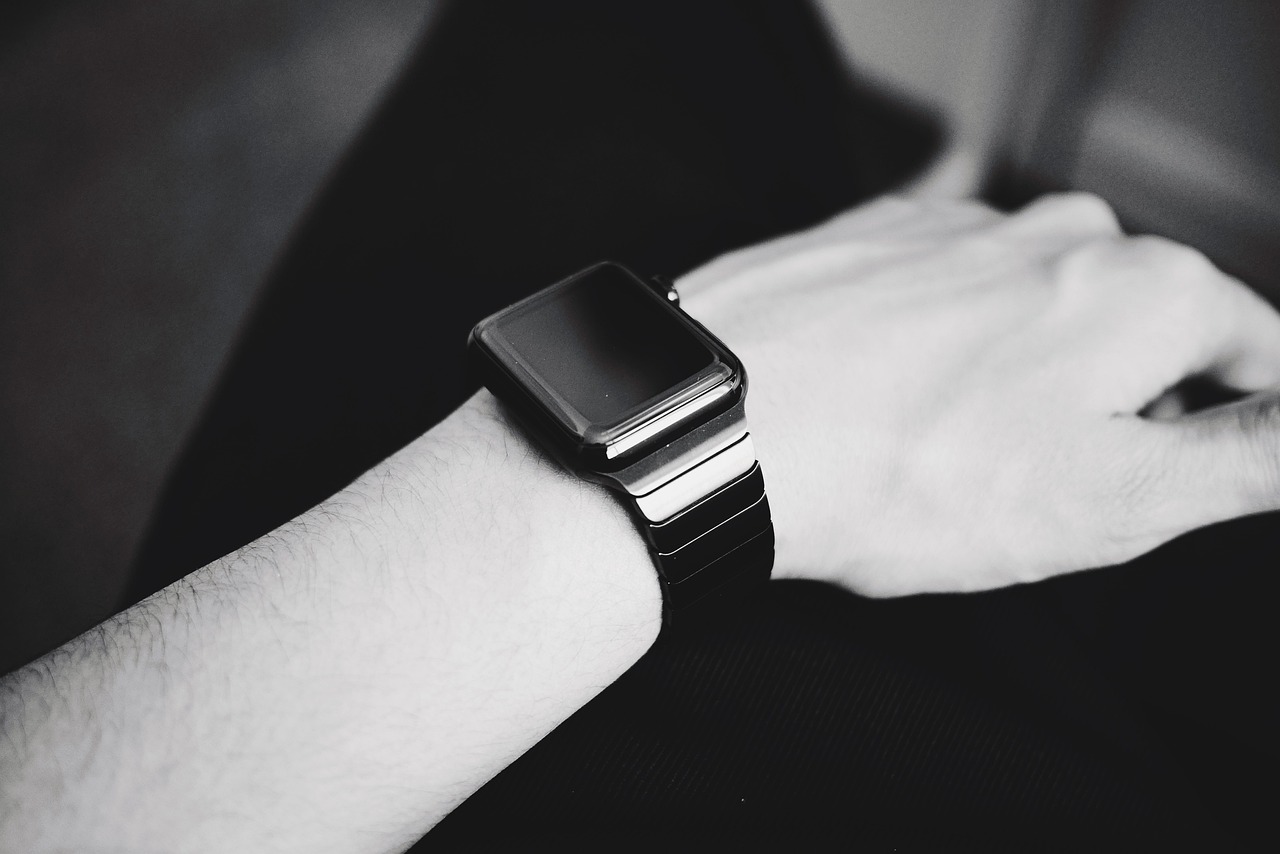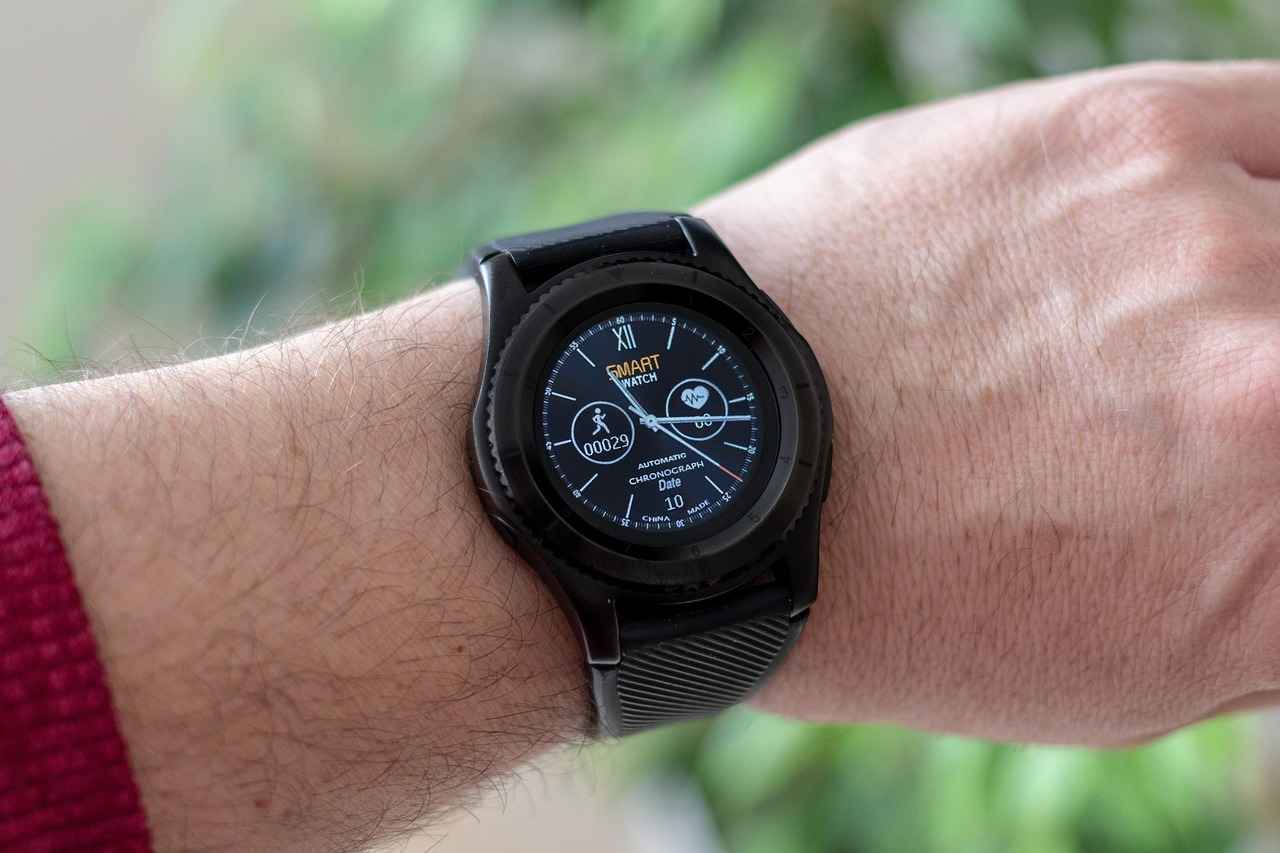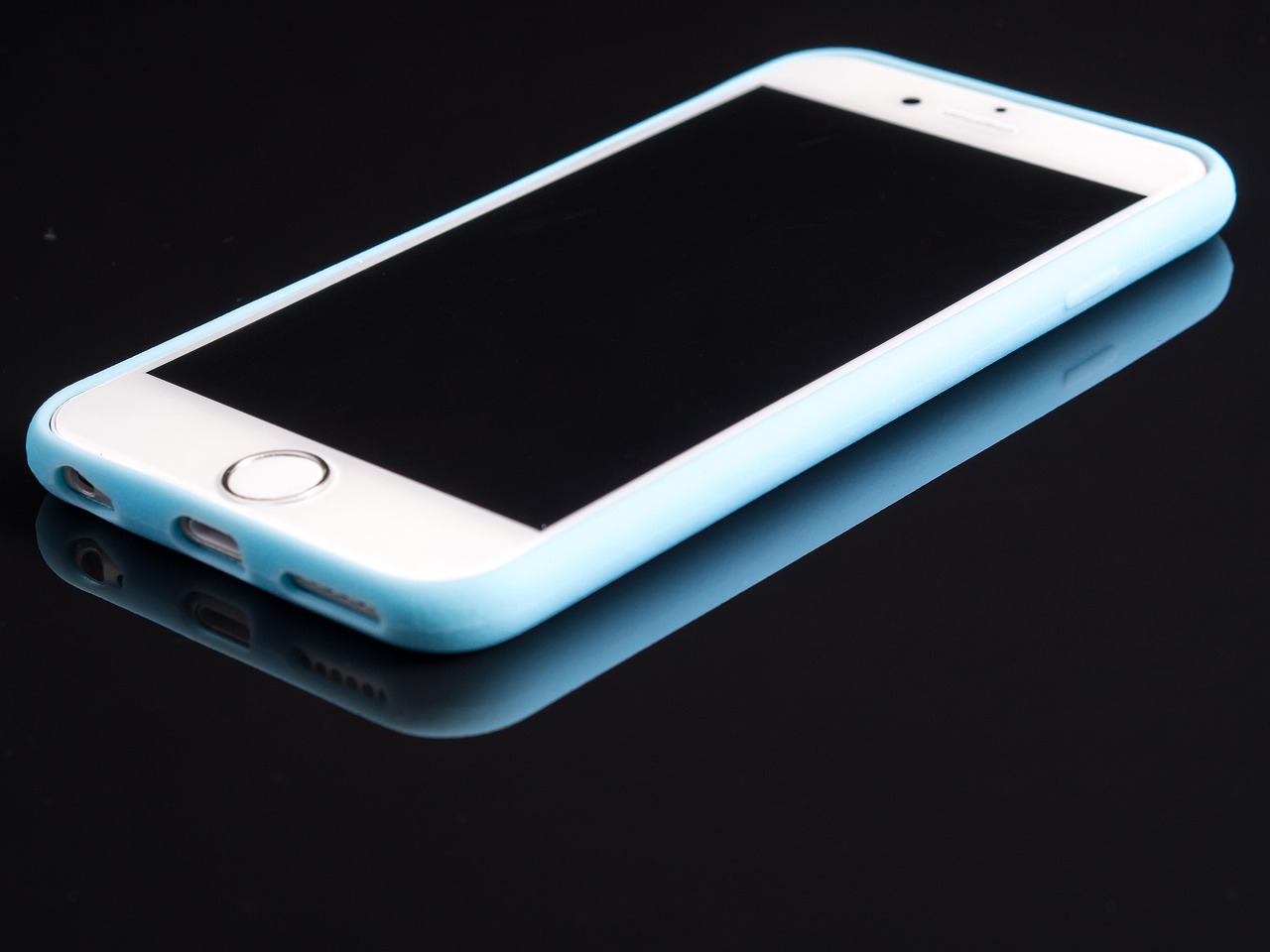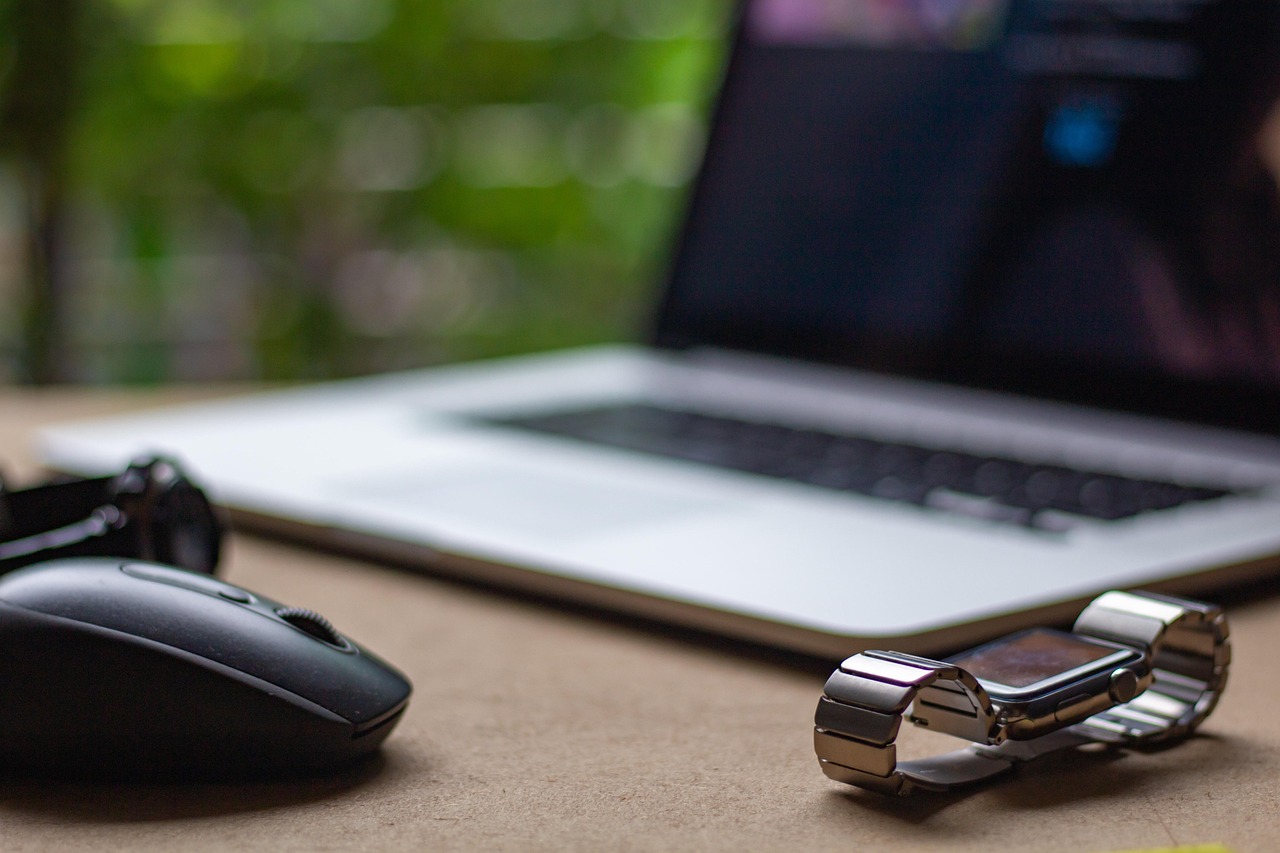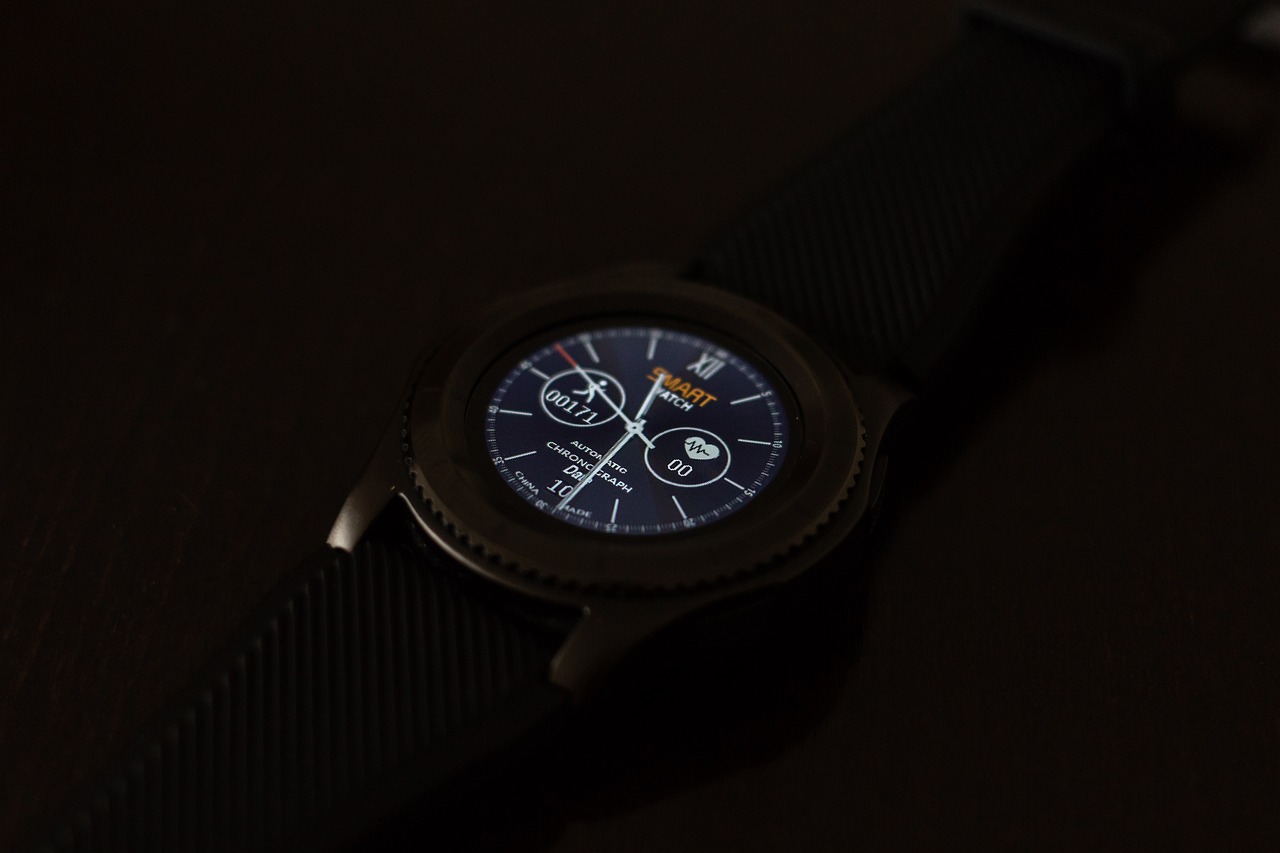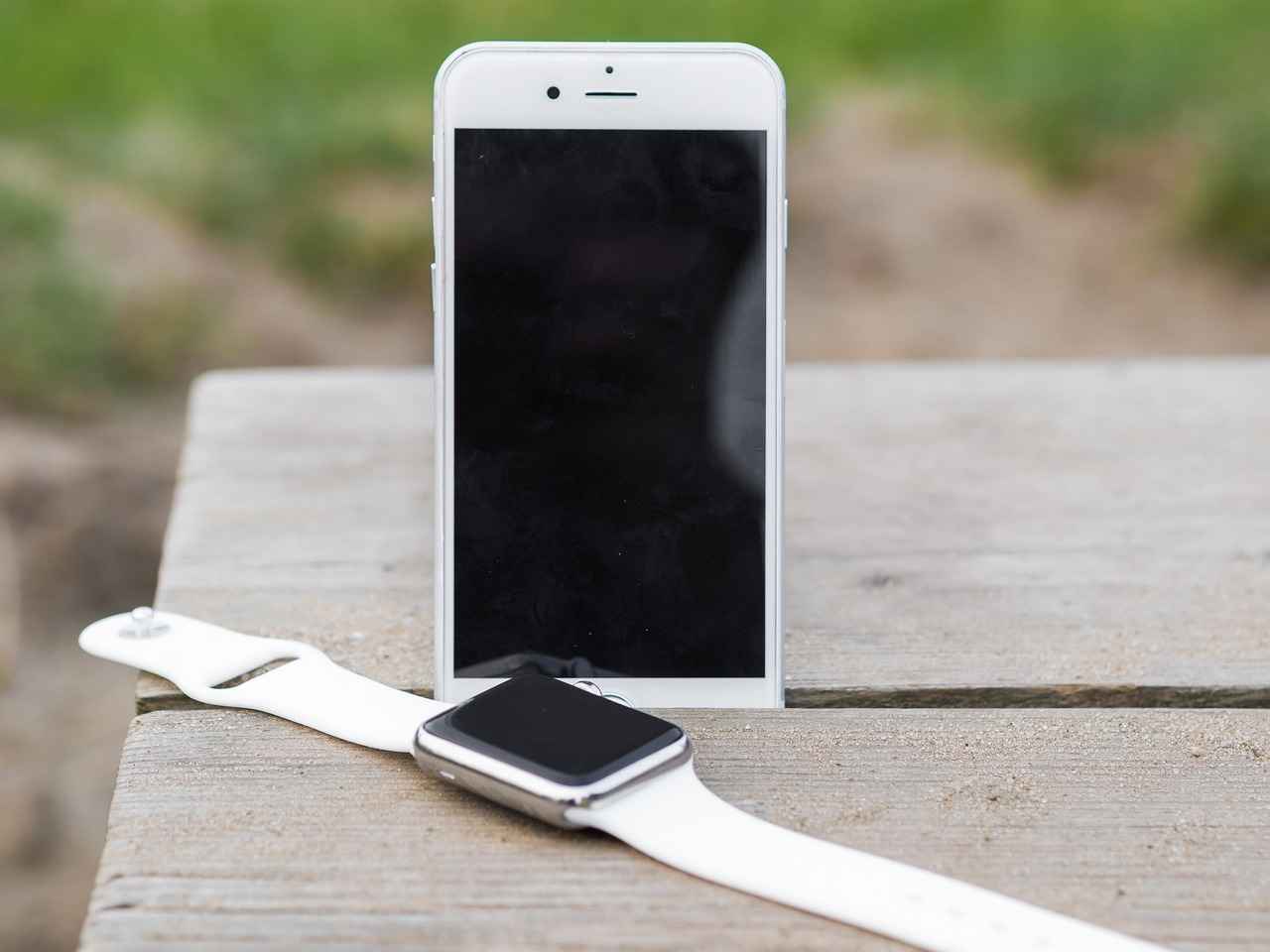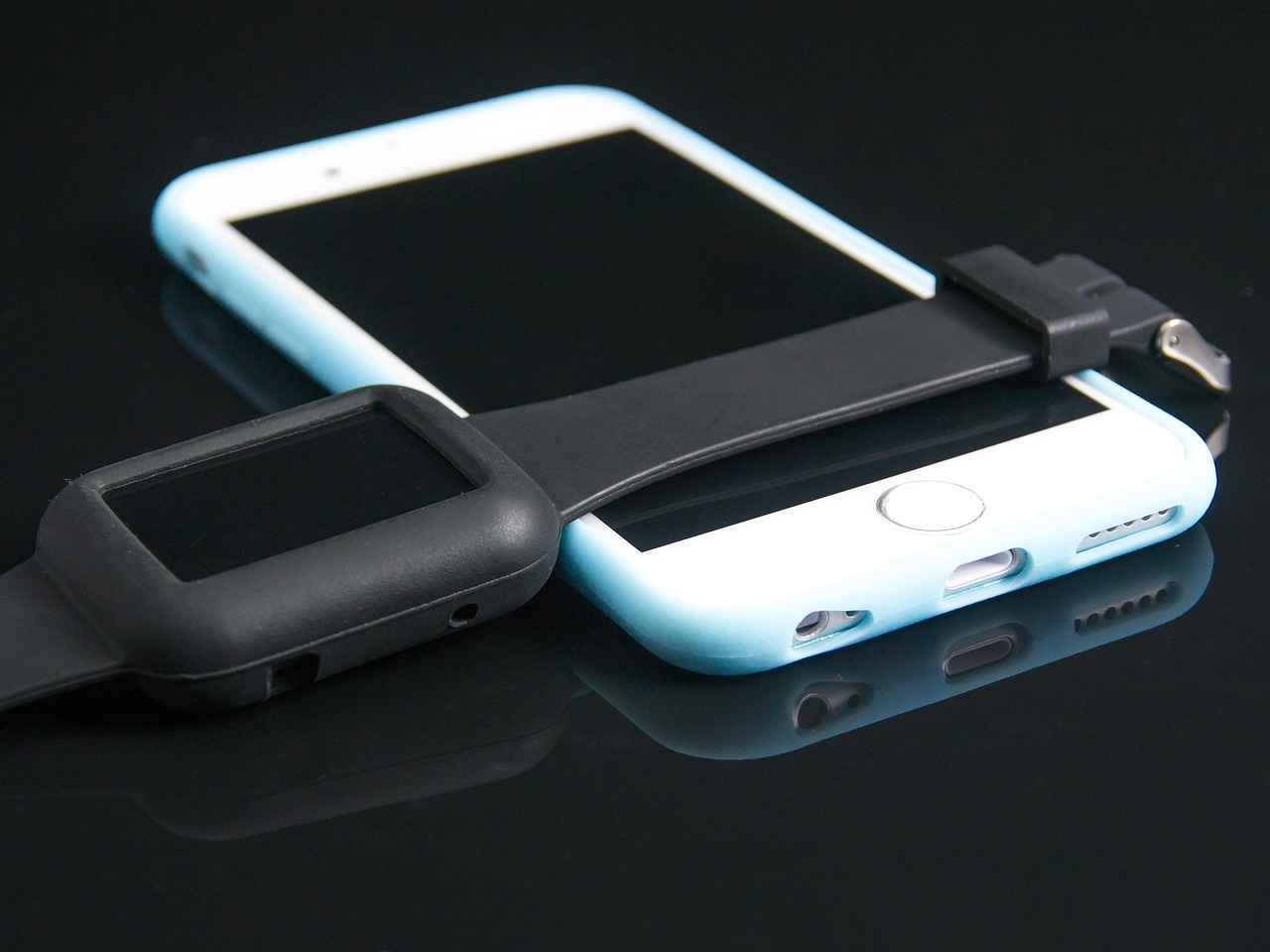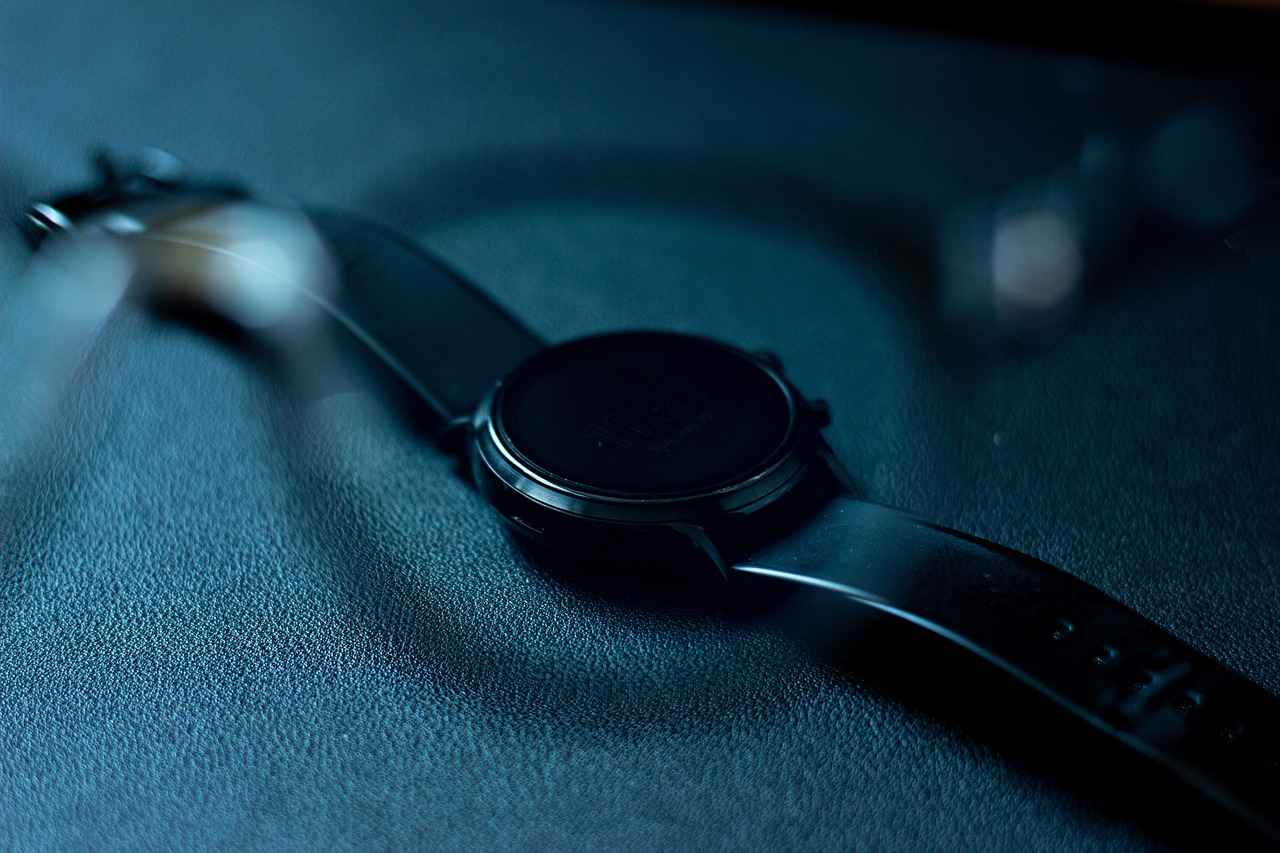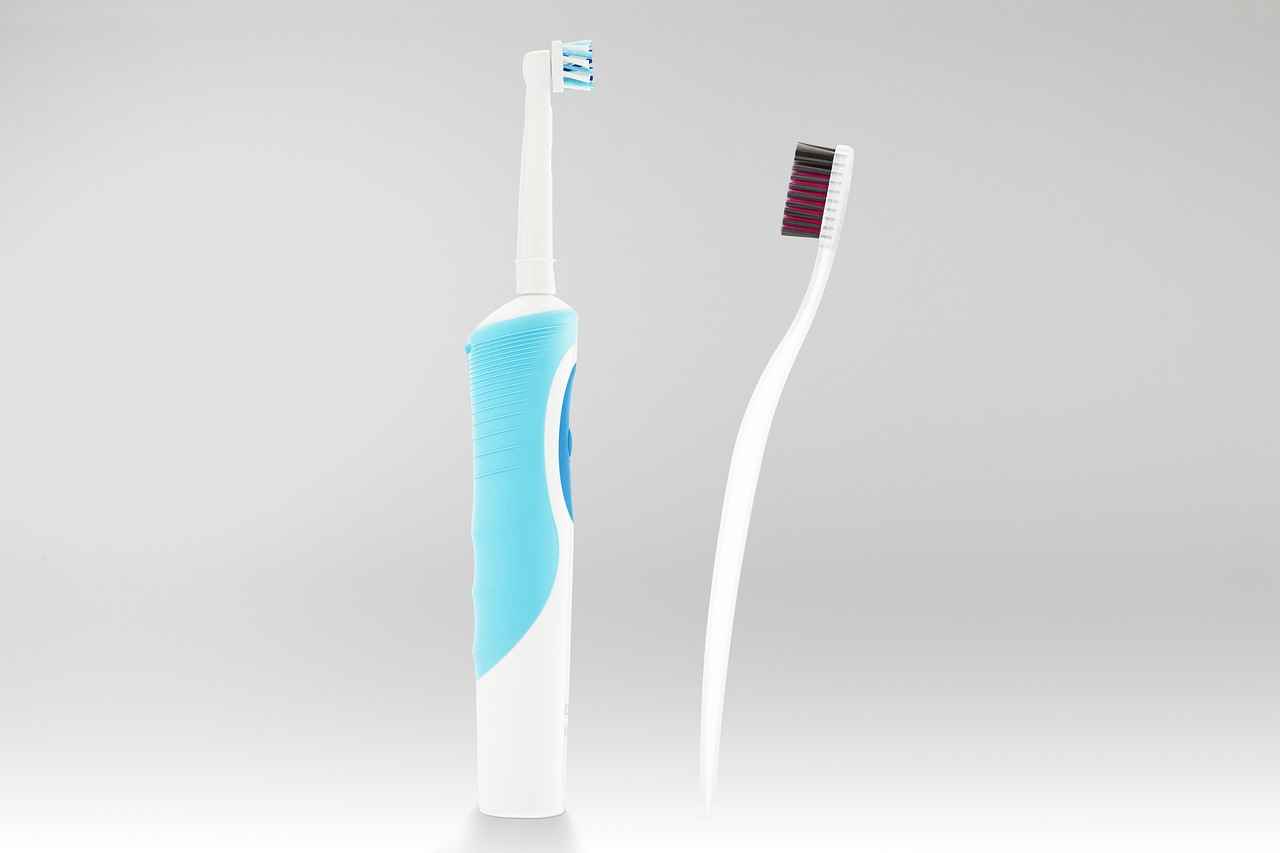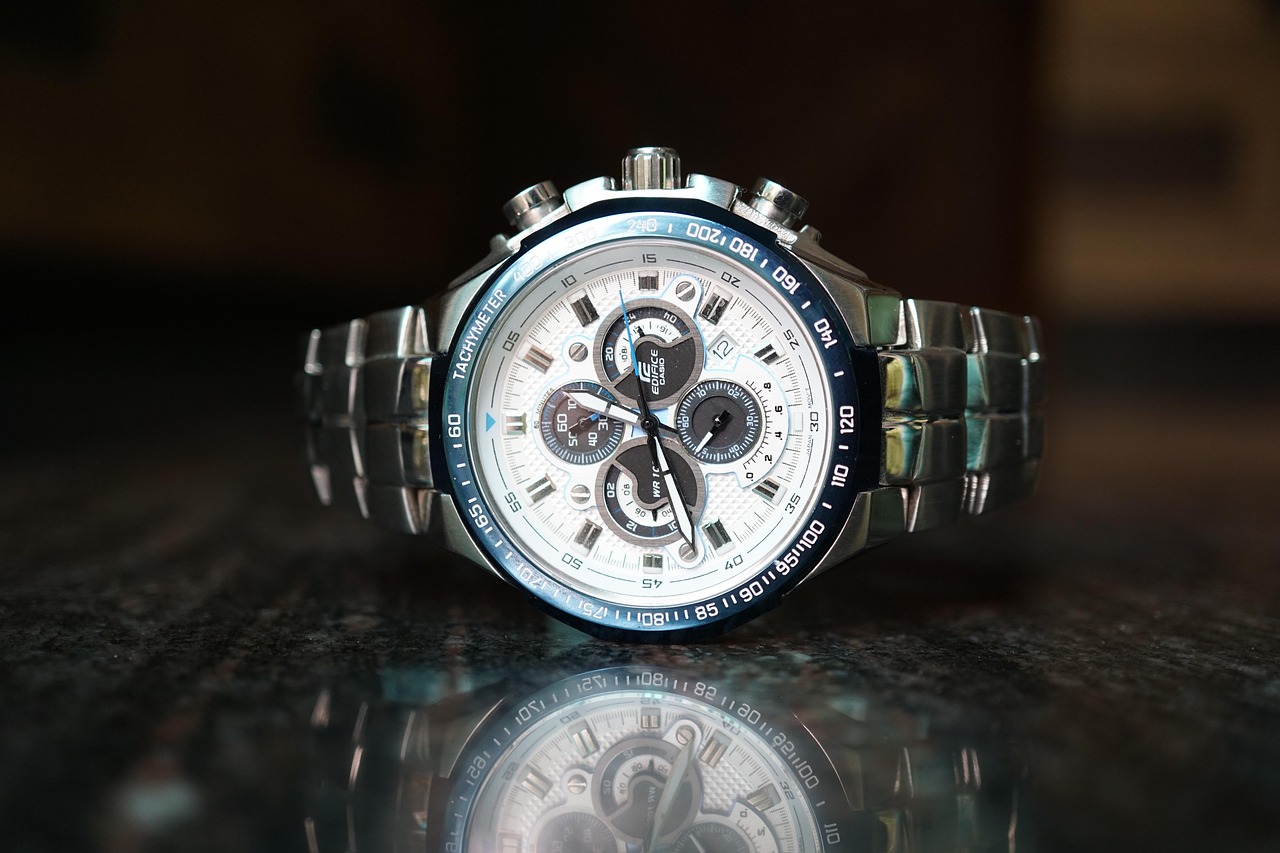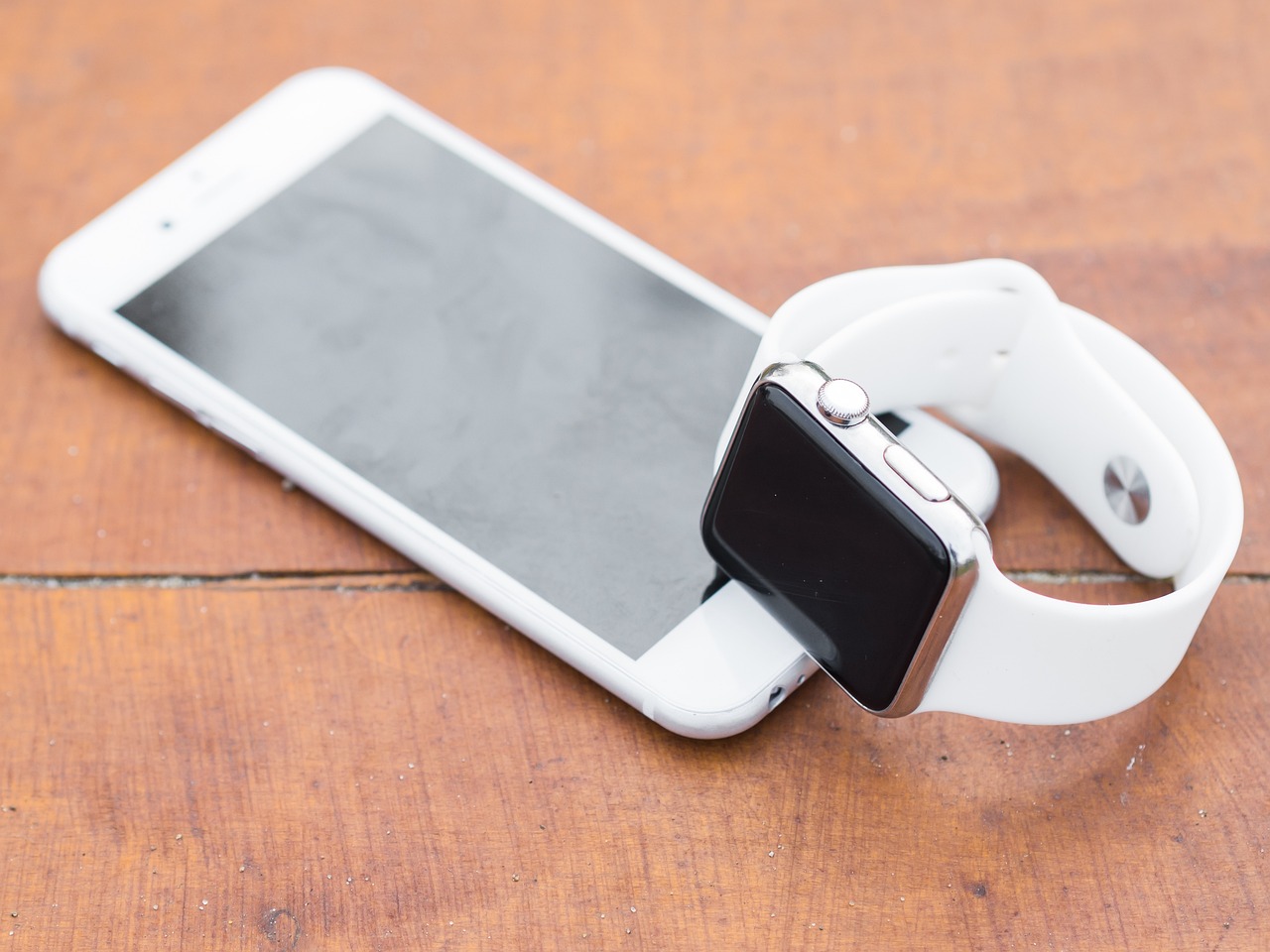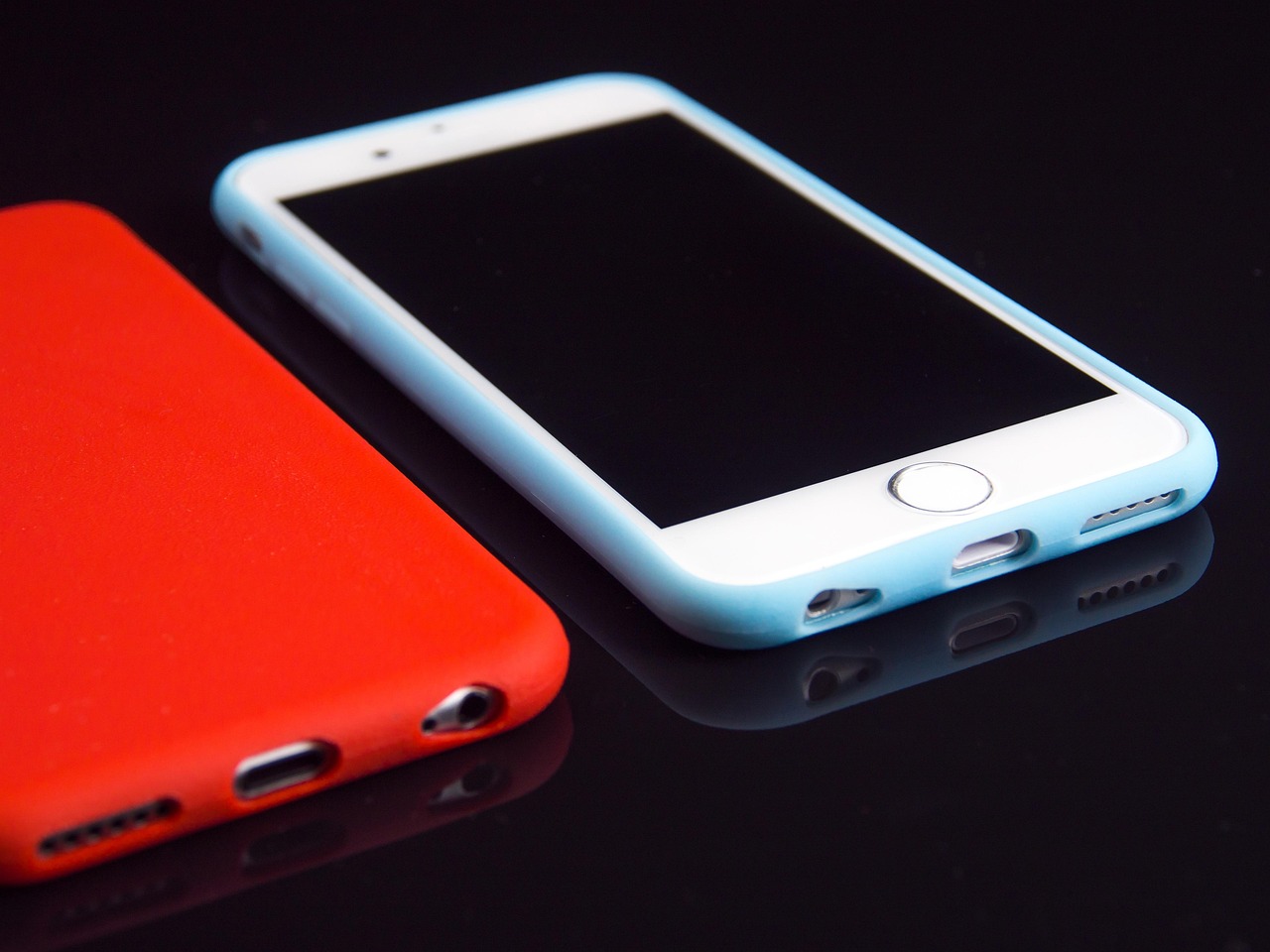In this article, we delve into the top Android smartwatches renowned for their exceptional battery life. Choosing a smartwatch that aligns with your lifestyle is crucial, especially if you rely on it for fitness tracking, notifications, and other daily tasks. A long-lasting battery ensures that you stay connected without the constant worry of recharging your device.
Why Battery Life Matters in Smart Watches
Battery life is a critical factor in enhancing your overall user experience. For individuals who engage in outdoor activities or have a busy schedule, a smartwatch with robust battery performance can provide significant convenience. It allows for uninterrupted usage, whether for tracking workouts or receiving important updates.
Top Features Impacting Battery Life
- Display Technology: The choice between AMOLED and LCD can significantly affect battery consumption. AMOLED displays are generally more energy-efficient, particularly when displaying darker themes.
- Sensor Usage: The number and type of sensors, like heart rate monitors and GPS, can drain battery life. Frequent use of these features should be considered when selecting a smartwatch.
- Connectivity Options: Features such as Bluetooth and Wi-Fi connectivity can also impact battery longevity. Keeping these functions optimized is essential for extended use.
Best Android Smart Watches with Exceptional Battery Life
| Smart Watch | Battery Life | Key Features |
|---|---|---|
| Samsung Galaxy Watch 5 | Up to 40 hours | Fitness tracking, customizable watch faces |
| Garmin Venu 2 | Up to 11 days | Advanced fitness metrics, GPS tracking |
| Fossil Gen 6 | 24 hours | Wear OS, fast charging |
How to Extend Your Smart Watch Battery Life
- Adjusting Settings: Optimize your smartwatch settings, including screen timeout and notifications, to conserve battery power.
- Using Battery Saver Modes: Activate battery saver modes to limit certain functionalities and prolong usage time.
Charging Options for Android Smart Watches
- Wireless Charging: Many smartwatches now support wireless charging, providing a hassle-free way to keep your device powered.
- Fast Charging Features: Look for models with fast charging capabilities that allow you to quickly recharge your smartwatch for a day’s use.

Why Battery Life Matters in Smart Watches
In today’s fast-paced world, where technology plays a pivotal role in our daily lives, the battery life of smartwatches has become a crucial factor for users. Understanding the significance of battery longevity can greatly enhance your overall experience and convenience, especially for individuals who depend on these devices for fitness tracking, notifications, and connectivity.
Smartwatches are designed to be worn throughout the day, often functioning as an extension of our smartphones. When the battery life is insufficient, it can lead to constant recharging, which disrupts the user experience. A longer battery life allows for uninterrupted usage, enabling you to track workouts, monitor health metrics, and receive notifications without the anxiety of running out of power.
Moreover, for fitness enthusiasts, a smartwatch with extended battery life is essential. Many users rely on these devices to track their physical activities over long periods, such as during marathons or hiking trips. A smartwatch that can last multiple days on a single charge ensures that vital data is captured without interruptions.
Furthermore, battery performance is not just about longevity; it also affects the device’s functionality. Features like GPS tracking and heart rate monitoring consume more power. Therefore, understanding how these features impact battery life can help users make informed decisions about their smartwatch usage. For instance, turning off GPS when not needed can significantly prolong battery life.
In summary, the importance of battery life in smartwatches cannot be overstated. It directly influences user satisfaction, convenience, and the overall functionality of the device. By prioritizing battery longevity, users can enhance their daily experiences and ensure that their smartwatches remain reliable companions in their active lifestyles.

Top Features Impacting Battery Life
When it comes to Android smartwatches, battery life is a pivotal factor that influences user satisfaction. Several features contribute to how long a smartwatch can last on a single charge. Understanding these features can help users make informed decisions when selecting a device that aligns with their needs.
Display Technology is one of the most significant elements affecting battery performance. The choice between AMOLED and LCD displays can lead to substantial differences in power consumption. AMOLED screens are generally more efficient, particularly when displaying darker images or themes, as they only light up the necessary pixels. In contrast, LCD screens require a constant backlight, which can drain the battery more quickly.
- Brightness Levels: Adjusting the brightness settings can also have a major impact on battery life. Higher brightness levels consume more energy, so managing these settings can extend usage time.
Sensor Usage is another critical factor. Smartwatches equipped with multiple sensors, such as heart rate monitors and GPS, can significantly affect battery longevity. The frequency of sensor usage plays a crucial role; for instance, continuous GPS tracking will deplete the battery much faster than sporadic heart rate monitoring.
- Activity Tracking: Engaging in activities that utilize various sensors can lead to increased battery drain. Users should consider their activity levels when selecting a smartwatch.
Finally, Connectivity Options, including Bluetooth and Wi-Fi, can also impact battery life. Keeping connectivity features active, especially when not in use, can lead to unnecessary power consumption. Users should be mindful of their connectivity settings to enhance battery efficiency.
In summary, understanding the interplay between display technology, sensor usage, and connectivity options is essential for optimizing the battery life of Android smartwatches. By making informed choices in these areas, users can significantly enhance their smartwatch experience.
Display Technology
When it comes to smartwatches, is a critical factor that significantly affects battery performance. The two most common types of displays used in smartwatches are AMOLED and LCD, each with its own set of advantages and drawbacks.
AMOLED (Active Matrix Organic Light Emitting Diodes) displays are known for their superior energy efficiency, particularly when displaying darker themes. This is because AMOLED technology allows individual pixels to turn off completely when showing black, leading to reduced power consumption. As a result, smartwatches with AMOLED screens can often last longer on a single charge, especially when utilizing dark mode settings.
On the other hand, LCD (Liquid Crystal Display) panels require a constant backlight to illuminate the entire screen, which can lead to higher energy usage, regardless of the content being displayed. This means that even when displaying dark colors, LCDs may still consume more battery power compared to their AMOLED counterparts.
| Feature | AMOLED | LCD |
|---|---|---|
| Power Consumption | Lower with dark themes | Higher due to backlighting |
| Color Quality | Vibrant and rich | Less vibrant |
| Viewing Angles | Excellent | Good |
Another aspect to consider is the brightness levels of the display. Higher brightness settings can drain the battery more quickly, regardless of the display type. Users should manage their brightness levels according to their environment to maximize battery life.
In summary, the choice between AMOLED and LCD can significantly impact your smartwatch’s battery performance. For those who prioritize longevity and efficiency, opting for a smartwatch with an AMOLED display is often the best choice.
AMOLED vs. LCD
When it comes to choosing the right display technology for your smartwatch, understanding the differences between AMOLED and LCD is crucial. Each technology has its own set of advantages and disadvantages that can significantly impact your user experience and battery life.
AMOLED (Active Matrix Organic Light Emitting Diode) screens are known for their ability to display true blacks. This is because each pixel on an AMOLED display emits its own light, allowing black pixels to be completely turned off. As a result, when displaying darker themes or black backgrounds, AMOLED screens consume significantly less power. This characteristic leads to a longer battery life, making AMOLED displays particularly appealing for users who prefer dark mode settings.
In contrast, LCD (Liquid Crystal Display) technology requires a backlight to illuminate all pixels, regardless of the color displayed. This means that even when showing black or dark colors, the backlight remains on, consuming more energy. Consequently, smartwatches with LCD screens may need to be charged more frequently, especially when used extensively throughout the day.
| Feature | AMOLED | LCD |
|---|---|---|
| Power Consumption | Lower when displaying black | Higher due to backlighting |
| Color Accuracy | Vivid colors and deep blacks | Good but less vibrant |
| Viewing Angles | Excellent | Good, but can vary |
| Thickness | Thinner designs possible | Generally thicker |
In summary, if you prioritize battery life and vibrant visuals, an AMOLED display is the better choice for your smartwatch. However, if you prefer a more traditional display with consistent performance in bright conditions, you might consider an LCD. Ultimately, your choice should align with your usage patterns and aesthetic preferences.
Brightness Levels
When it comes to optimizing the battery life of your Android smartwatch, managing is crucial. Higher brightness settings can significantly drain your battery, especially if you frequently use your device outdoors or in bright environments. Understanding how to adjust these settings can help you maximize your smartwatch’s performance throughout the day.
The display is one of the primary components that consume battery power. Smartwatches with AMOLED displays are particularly efficient, as they can turn off individual pixels to save energy when displaying darker colors. In contrast, LCD screens require backlighting for all colors, leading to higher energy consumption. Therefore, if your smartwatch features an AMOLED display, consider using darker watch faces to take advantage of this energy-saving benefit.
Another important factor is the automatic brightness adjustment feature. Many modern smartwatches come equipped with sensors that automatically adjust the screen brightness based on ambient light conditions. Enabling this feature can help conserve battery life by ensuring that your screen isn’t brighter than necessary, particularly in low-light environments.
Additionally, you can manually adjust the brightness settings to find a balance between visibility and battery conservation. For instance, if you are indoors or in a dimly lit area, reducing the brightness can lead to significant battery savings. Conversely, when outdoors, you may need to increase it for better visibility, but be mindful of how long you keep it at a higher setting.
In summary, understanding and managing your smartwatch’s brightness levels is essential for prolonging battery life. By utilizing features like adaptive brightness and being conscious of your manual settings, you can ensure that your device remains powered throughout the day without frequent recharges.
Sensor Usage
When it comes to smartwatches, the integration of multiple sensors has revolutionized the way we monitor our health and fitness. However, it’s essential to understand how these features impact battery life. The usage frequency and type of sensors directly influence how long your device can last between charges.
Smartwatches typically come equipped with a variety of sensors, including:
- Heart Rate Monitors
- GPS
- Accelerometers
- Gyroscopes
The heart rate monitor continuously tracks your heart rate, which can be particularly useful during workouts. However, the more frequently it takes readings, the more power it consumes. For those who engage in high-intensity training or prefer real-time heart rate tracking, this could lead to a significant drain on the battery.
GPS functionality is another feature that can heavily impact battery life. Using GPS for navigation or tracking outdoor activities can consume a large amount of energy. For instance, a smartwatch using GPS continuously may only last a few hours, whereas it can last several days if GPS is used sparingly or only during specific activities.
Additionally, the sampling rate of these sensors plays a crucial role. A higher sampling rate means more frequent data collection, which can enhance accuracy but also leads to quicker battery depletion. Users should consider adjusting these settings based on their needs—balancing the desire for real-time data with the necessity of battery longevity.
Ultimately, understanding the relationship between sensor usage and battery life is vital for maximizing the performance of your smartwatch. By being mindful of how and when you use these features, you can enjoy the full benefits of your device without the constant need for recharging.
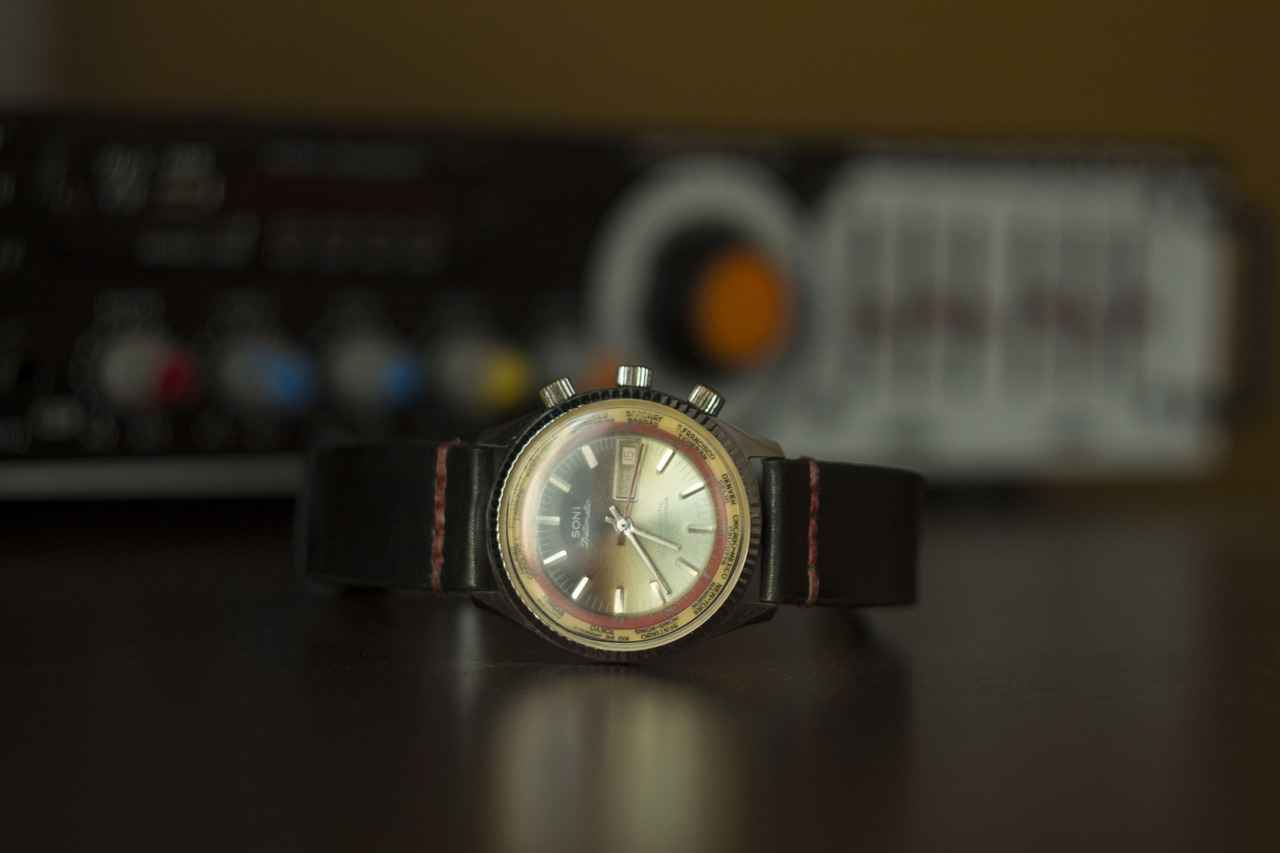
Best Android Smart Watches with Exceptional Battery Life
When it comes to choosing a smartwatch, battery life is one of the most critical factors to consider. In this section, we present a selection of the best Android smartwatches that not only boast impressive features but also ensure you stay connected and active without the hassle of frequent recharging.
- Samsung Galaxy Watch 5: This smartwatch is renowned for its exceptional battery performance, lasting up to 40 hours on a single charge. With its sleek design and advanced health tracking features, it is perfect for users who want both style and functionality.
- Garmin Venu 2: Designed with fitness enthusiasts in mind, the Garmin Venu 2 offers an astounding battery life of up to 11 days in smartwatch mode. Its comprehensive health monitoring capabilities make it an ideal companion for those who prioritize fitness and longevity.
- Fossil Gen 6: Combining fashion with technology, the Fossil Gen 6 provides a solid battery life of up to 24 hours. Its fast charging feature allows you to quickly power up, making it suitable for users with busy lifestyles.
- Mobvoi TicWatch Pro 3: Known for its innovative dual-layer display, the TicWatch Pro 3 can last up to 72 hours on a single charge. This impressive battery life makes it a top choice for users who want a reliable smartwatch for extended use.
- Huawei Watch GT 3: This smartwatch stands out with a remarkable battery life of up to 14 days, depending on usage. Its combination of fitness tracking and long-lasting performance makes it a favorite among outdoor enthusiasts.
Choosing a smartwatch with exceptional battery life not only enhances your daily experience but also ensures that you remain connected without the constant worry of running out of power. These devices are designed to fit seamlessly into your lifestyle, providing the perfect blend of functionality and endurance.
Samsung Galaxy Watch 5
The stands out in the competitive smartwatch market, particularly when it comes to battery performance. With the ability to last up to 40 hours on a single charge, it is an excellent choice for users who prioritize endurance and reliability in their wearable technology.
This impressive battery longevity is largely attributed to advanced power management features and efficient hardware design. Users can engage in various activities throughout the day, from fitness tracking to receiving notifications, without the constant worry of needing to recharge their device.
Moreover, the Galaxy Watch 5 is equipped with a range of features that optimize battery usage. For instance, the AMOLED display not only provides vibrant visuals but also contributes to lower power consumption, especially when darker themes are utilized. This means that users can enjoy a stunning display while still maximizing their battery life.
In addition to its display technology, the Galaxy Watch 5 offers a variety of customizable settings that allow users to tailor their experience. By adjusting screen brightness, notifications, and other settings, users can further extend the life of their battery, ensuring that their smartwatch remains functional throughout the day.
Furthermore, the device supports fast charging, allowing users to quickly recharge their watch when needed. This feature is particularly beneficial for those with busy schedules, as it minimizes downtime and keeps the watch ready for action.
In summary, the Samsung Galaxy Watch 5 is not just another smartwatch; it is a robust device that combines style, functionality, and exceptional battery life, making it a top choice for anyone seeking a reliable companion for their daily activities.
Garmin Venu 2
The stands out in the crowded market of smartwatches, particularly for those who lead an active lifestyle. Its impressive battery life of up to 11 days in smartwatch mode makes it an ideal choice for fitness enthusiasts who value longevity and reliability.
This smartwatch is designed with a variety of fitness features that cater to both casual users and serious athletes. With built-in GPS, heart rate monitoring, and advanced sleep tracking, the Garmin Venu 2 provides comprehensive health insights that help users stay on top of their fitness goals.
One of the key advantages of the Garmin Venu 2 is its long-lasting battery. Unlike many competitors that require frequent charging, the Venu 2 allows users to go longer between charges, making it perfect for those who are often on the go or engaged in outdoor activities. This extended battery life is particularly beneficial for users who participate in multi-day events or adventures, where access to charging facilities may be limited.
In addition to its battery performance, the Garmin Venu 2 features a vibrant AMOLED display that enhances the overall user experience. The display not only provides clear visibility in various lighting conditions but also allows for a range of customizable watch faces, enabling users to express their personal style.
Moreover, the Garmin Venu 2 supports a variety of sports modes, from running and cycling to swimming and yoga, ensuring that it meets the diverse needs of its users. The watch also syncs seamlessly with the Garmin Connect app, allowing for easy tracking and analysis of fitness data.
In summary, the Garmin Venu 2 is a top-tier smartwatch that combines robust fitness features with an exceptional battery life, making it a compelling choice for anyone looking to enhance their fitness journey.

How to Extend Your Smart Watch Battery Life
In today’s fast-paced world, smartwatches have become essential tools for staying connected and monitoring health. However, one common challenge users face is maintaining optimal battery life. By implementing smart usage habits, you can significantly extend the battery life of your smartwatch. Here are some practical tips to maximize efficiency.
One of the most effective ways to conserve battery is by adjusting your display settings. Here are some strategies:
- Reduce Brightness: Lowering the brightness of your screen can drastically decrease power consumption.
- Screen Timeout: Set a shorter screen timeout duration to prevent the display from staying on longer than necessary.
- Dark Mode: Utilize dark mode if your smartwatch supports it, especially if it has an AMOLED display, as it consumes less power.
While notifications are a key feature of smartwatches, they can also drain the battery. Consider the following:
- Limit Notifications: Disable non-essential notifications to reduce the frequency of alerts that wake your watch.
- Batch Notifications: Use settings that allow you to receive notifications in batches rather than individually, which can save power.
Most smartwatches come equipped with battery saver modes that can help extend usage time significantly. Activating this mode typically disables certain features, such as:
- GPS tracking
- Always-on display
- Background app refresh
Engaging this mode is particularly useful during long days when charging options are limited.
Smartwatches often come with multiple sensors that can drain the battery quickly. To optimize battery life:
- Limit GPS Usage: Turn off GPS tracking when not needed, as it is one of the most power-hungry features.
- Heart Rate Monitoring: Adjust the frequency of heart rate monitoring to reduce continuous sensor use.
Keeping your smartwatch updated with the latest software can enhance battery efficiency. Manufacturers often release updates that optimize performance and fix bugs that may affect battery life. Regularly check for updates to ensure your device is running smoothly.
By implementing these strategies, you can significantly enhance the battery life of your smartwatch, ensuring it remains functional throughout your day.
Adjusting Settings
When it comes to maximizing the battery life of your Android smartwatch, is a simple yet effective strategy. By making a few tweaks, you can significantly reduce battery consumption and improve the overall performance of your device.
Screen Timeout is one of the first settings you should consider adjusting. A shorter timeout duration means that your screen will turn off more quickly when not in use, conserving battery power. Setting the timeout to just a few seconds can make a noticeable difference, especially if you frequently forget to turn off your screen.
Another critical area to focus on is notifications. While staying connected is essential, receiving constant notifications can drain your battery. You can customize which apps send notifications and limit alerts to only the most important ones. This not only helps in conserving battery but also reduces distractions throughout your day.
Additionally, pay attention to background app activity. Many apps run in the background, consuming resources and depleting your battery. By reviewing your app settings and disabling background activity for less critical applications, you can extend your smartwatch’s battery life significantly. This is especially important for apps that frequently access location data or sync information.
Moreover, consider turning off features such as always-on display and vibration alerts. These features, while convenient, can be major contributors to battery drain. Utilizing them only when necessary can help you strike a balance between functionality and battery longevity.
In conclusion, by making these simple adjustments to your smartwatch settings, you can enhance its battery performance and ensure that your device lasts longer throughout the day. These changes not only improve battery efficiency but also contribute to a smoother user experience.
Using Battery Saver Modes
When it comes to maximizing the battery life of your smartwatch, utilizing battery saver modes is essential. Most smartwatches are designed with built-in features that allow users to extend their device’s battery life significantly. These modes can limit certain functionalities, ensuring that your smartwatch lasts longer, especially during those long days when access to a charger is not possible.
Battery saver modes typically work by reducing background activity, disabling non-essential features, and dimming the display. For instance, when activated, you may notice that notifications are minimized, and apps that consume a lot of power, like GPS or heart rate monitoring, are limited. This can be particularly beneficial for users who are engaged in activities that require minimal distractions, such as hiking or during long meetings.
Additionally, many smartwatches allow users to customize their battery saver settings. This means you can choose which features to disable based on your individual needs. For example, if you are not using fitness tracking for a day, you can turn off the heart rate monitor to conserve energy. This customization ensures that you can still use your smartwatch effectively while prolonging battery life.
Moreover, the implementation of battery saver modes can lead to a more efficient use of power, which is particularly important for those who rely heavily on their devices for notifications, health tracking, and connectivity. By understanding how to activate and utilize these modes, users can enjoy the full range of features their smartwatch offers while ensuring they remain powered throughout the day.
In summary, leveraging battery saver modes is a smart strategy for anyone looking to enhance the longevity of their smartwatch. By limiting certain functionalities and customizing settings, users can ensure their device stays functional and ready for use, even on the busiest of days.
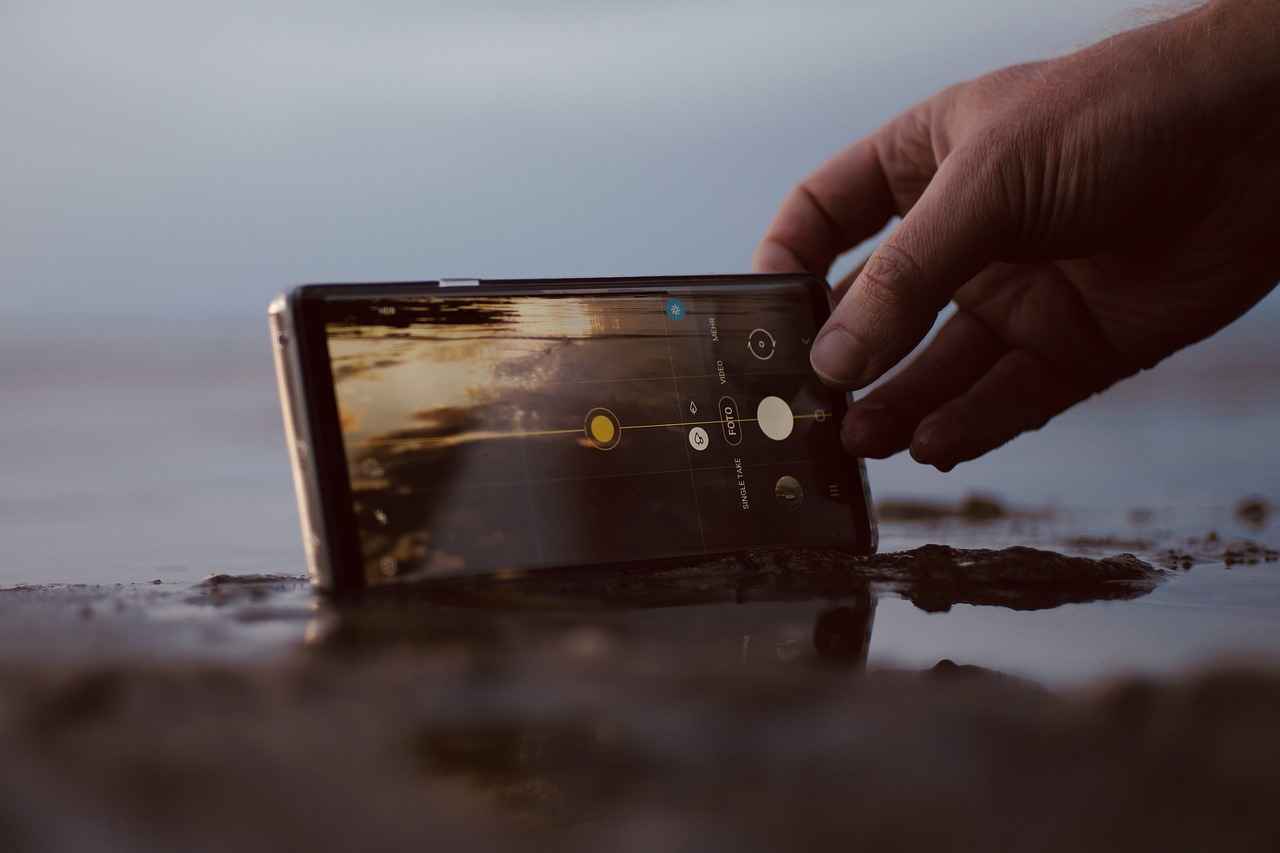
Charging Options for Android Smart Watches
When it comes to keeping your Android smartwatch powered, understanding the various charging options available can greatly enhance your experience. With advancements in technology, smartwatches now offer a range of methods to ensure they stay charged and ready for use.
Modern Android smartwatches come equipped with several charging methods, each designed to cater to different user preferences and lifestyles. Here, we explore the most popular options:
- Wireless Charging: Many contemporary smartwatches utilize wireless charging, which allows users to simply place their device on a charging pad without the need for cables. This method not only promotes convenience but also reduces wear and tear on charging ports.
- Magnetic Charging: A variation of wireless charging, magnetic chargers attach to the back of the smartwatch using magnets. This ensures a secure connection and often enables faster charging times compared to traditional methods.
- Fast Charging Features: Some smartwatches come with fast charging capabilities, allowing users to gain several hours of battery life with just a short charging session. This is particularly beneficial for those who are always on the go.
- Standard USB Charging: While less common in newer models, some smartwatches still support standard USB charging. This method requires a USB cable and a power source, making it versatile and widely compatible.
Each charging option has its own advantages, and the choice often depends on individual preferences and usage patterns. For instance, if you frequently travel, a smartwatch with wireless charging may offer greater convenience. Conversely, if you prefer a quick power-up, opting for a device with fast charging capabilities could be more beneficial.
Ultimately, understanding these charging methods can help you select the right smartwatch that aligns with your lifestyle, ensuring that you remain connected without the hassle of constant recharging.
Wireless Charging
In today’s fast-paced world, convenience is key, especially when it comes to our gadgets. One of the most notable advancements in smartwatch technology is the introduction of . This feature has not only simplified the charging process but has also contributed to the overall sleek design of modern smartwatches.
Gone are the days of fumbling with cables and connectors. With wireless charging, users can simply place their smartwatch on a charging pad or dock, and the device begins to charge automatically. This hassle-free experience is particularly beneficial for those who are always on the go, allowing for quick and easy charging without the need to carry around extra cables.
Moreover, the design of smartwatches has evolved significantly. The absence of charging ports contributes to a more streamlined and elegant appearance. Many manufacturers are now focusing on aesthetics, ensuring that their devices not only perform well but also look great on the wrist. This shift towards wireless charging aligns perfectly with the trend of minimalism in technology.
Another advantage of wireless charging is the reduction in wear and tear on charging ports. Traditional charging methods often lead to damage over time, which can be a significant concern for users. Wireless charging eliminates this issue, thereby enhancing the longevity of the device.
However, it’s essential to note that while wireless charging is convenient, it may not always be the fastest option available. Users should consider their charging needs and habits when choosing a smartwatch. Some devices offer fast charging capabilities alongside wireless options, providing the best of both worlds.
In summary, wireless charging is a game-changer in the smartwatch industry. It combines convenience with modern design, allowing users to enjoy a more seamless experience while maintaining the aesthetic appeal of their devices.
Fast Charging Features
In the fast-paced world we live in, the importance of fast charging features in smartwatches cannot be overstated. As users increasingly rely on these devices for various functions—from tracking fitness to managing notifications—having a watch that can quickly recharge becomes essential. This capability not only enhances convenience but also ensures that your smartwatch is ready to go when you are.
Many modern smartwatches are designed with fast charging technology, which allows them to gain significant battery life in a short amount of time. For instance, some models can provide a full day’s worth of use with just a 30-minute charge. This is particularly beneficial for those who might forget to charge their devices overnight or for users who are always on the go.
Fast charging works by utilizing higher voltage and current levels, which can significantly reduce charging times. However, it is important to note that not all smartwatches support this feature, and the efficiency can vary based on the charging dock or cable used. For optimal results, users should always use the manufacturer-recommended accessories.
Here are some key points to consider regarding fast charging features:
- Convenience: Quick charging allows users to power up their devices in a matter of minutes.
- Battery Health: Many modern fast charging technologies are designed to protect battery health, ensuring longevity.
- Compatibility: Ensure that your smartwatch and charger are compatible to take full advantage of fast charging capabilities.
- Usage Patterns: Understanding your daily routine can help you optimize charging times, making the most of your smartwatch’s features.
In summary, fast charging features are a game-changer for smartwatch users. By selecting a device equipped with this technology, you can enjoy the full benefits of your smartwatch without the constant worry of battery life.
Frequently Asked Questions
- What is the average battery life of Android smartwatches?
The average battery life varies widely among Android smartwatches, with many lasting between 1 to 3 days on a single charge. However, some models, like the Garmin Venu 2, can last up to 11 days in smartwatch mode, making them ideal for extended use.
- How can I extend the battery life of my smartwatch?
To extend your smartwatch’s battery life, you can adjust settings such as screen brightness, enable battery saver modes, limit background app activity, and reduce the frequency of sensor usage. Small tweaks can lead to significant improvements!
- Are there smartwatches with fast charging capabilities?
Yes, many modern smartwatches come with fast charging features that allow you to quickly recharge your device. This means you can get a full day’s worth of battery life in just a short charging session, perfect for busy lifestyles!
- What display technology is best for battery life?
AMOLED displays are generally more efficient than LCDs, especially when displaying darker themes. They consume less power because they don’t require backlighting for black pixels, leading to longer battery life.
- Can I charge my smartwatch wirelessly?
Absolutely! Many Android smartwatches support wireless charging, allowing for a hassle-free charging experience without the need for cables. This not only enhances convenience but also keeps your device looking sleek!

